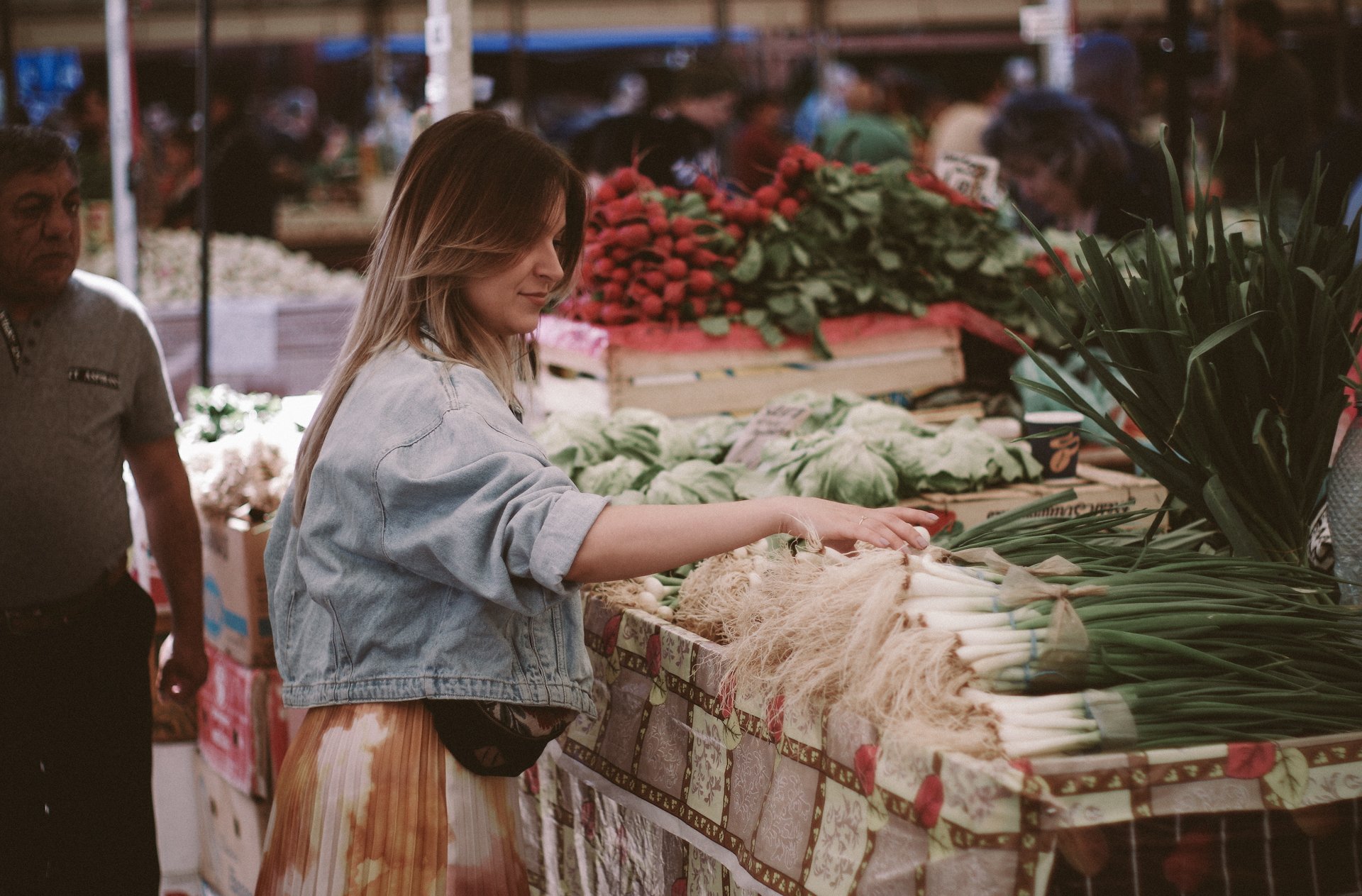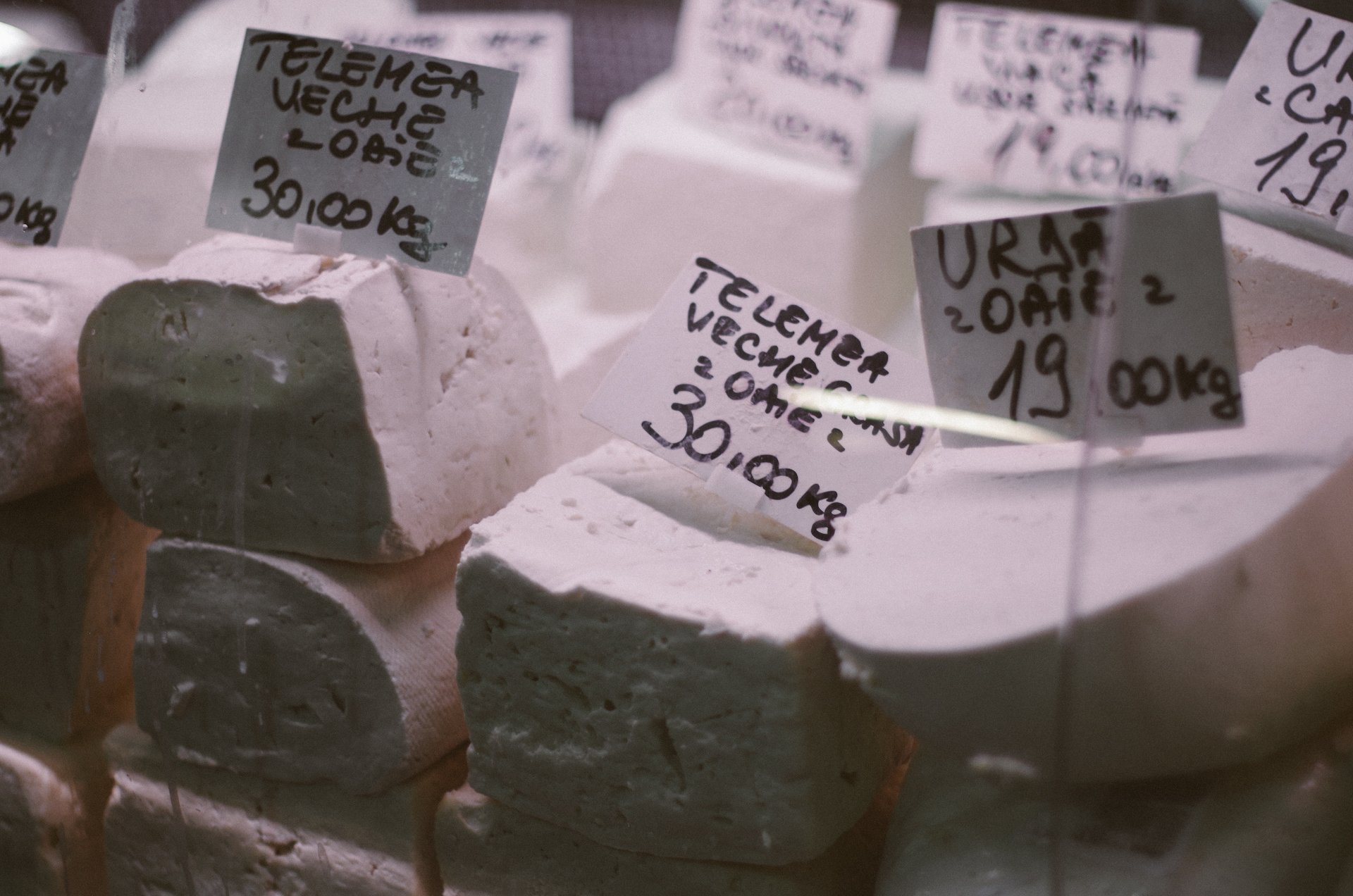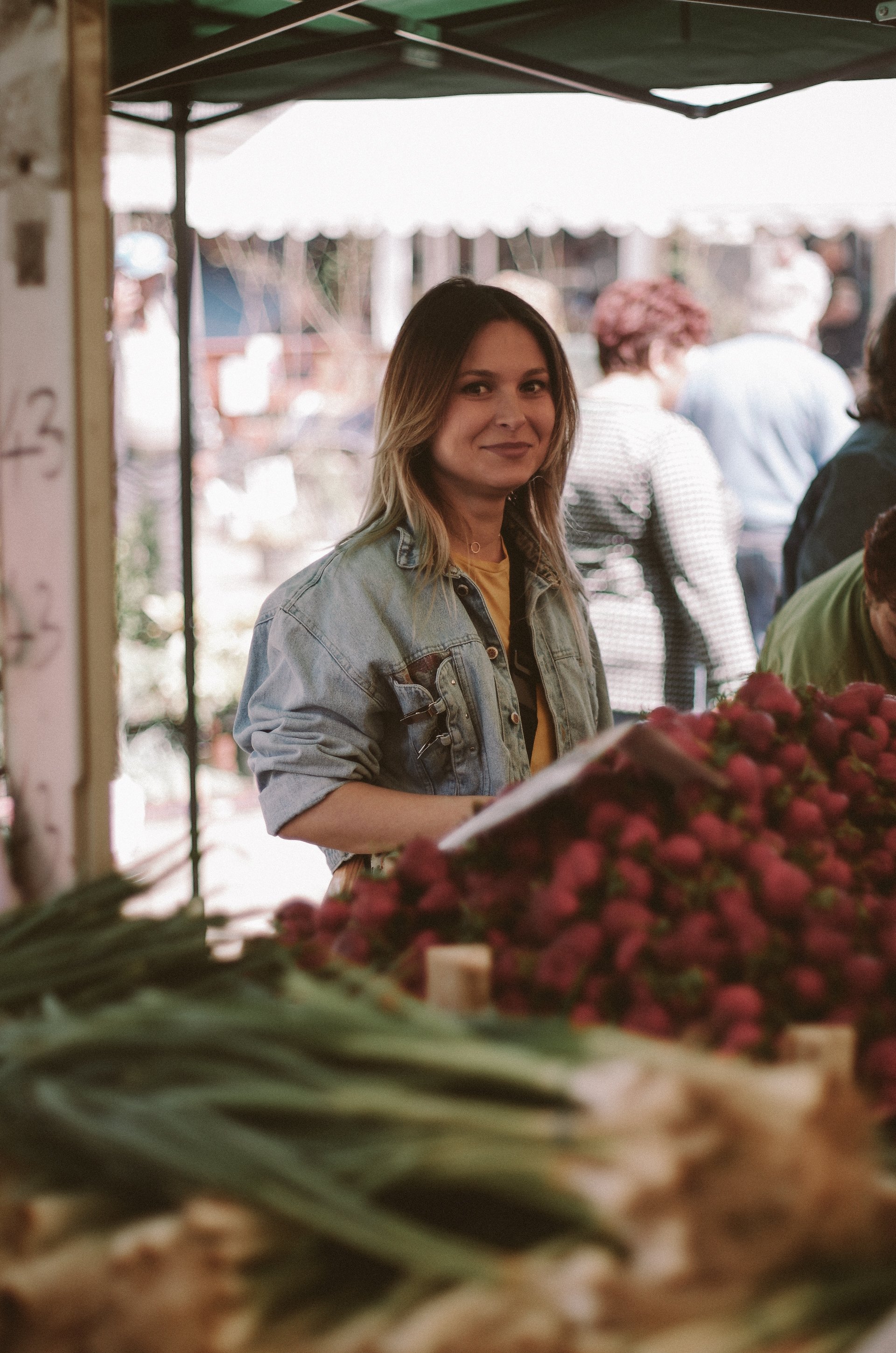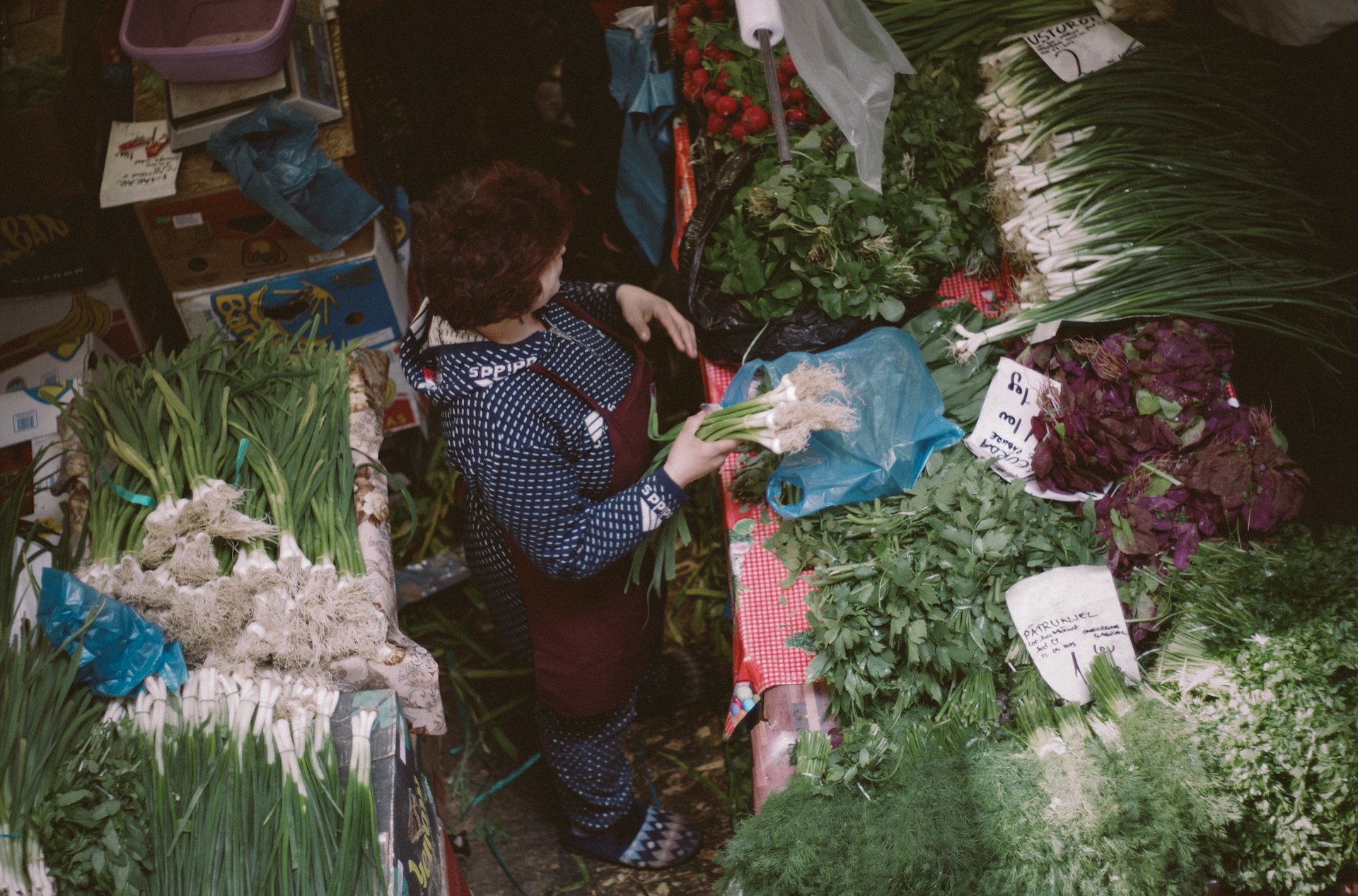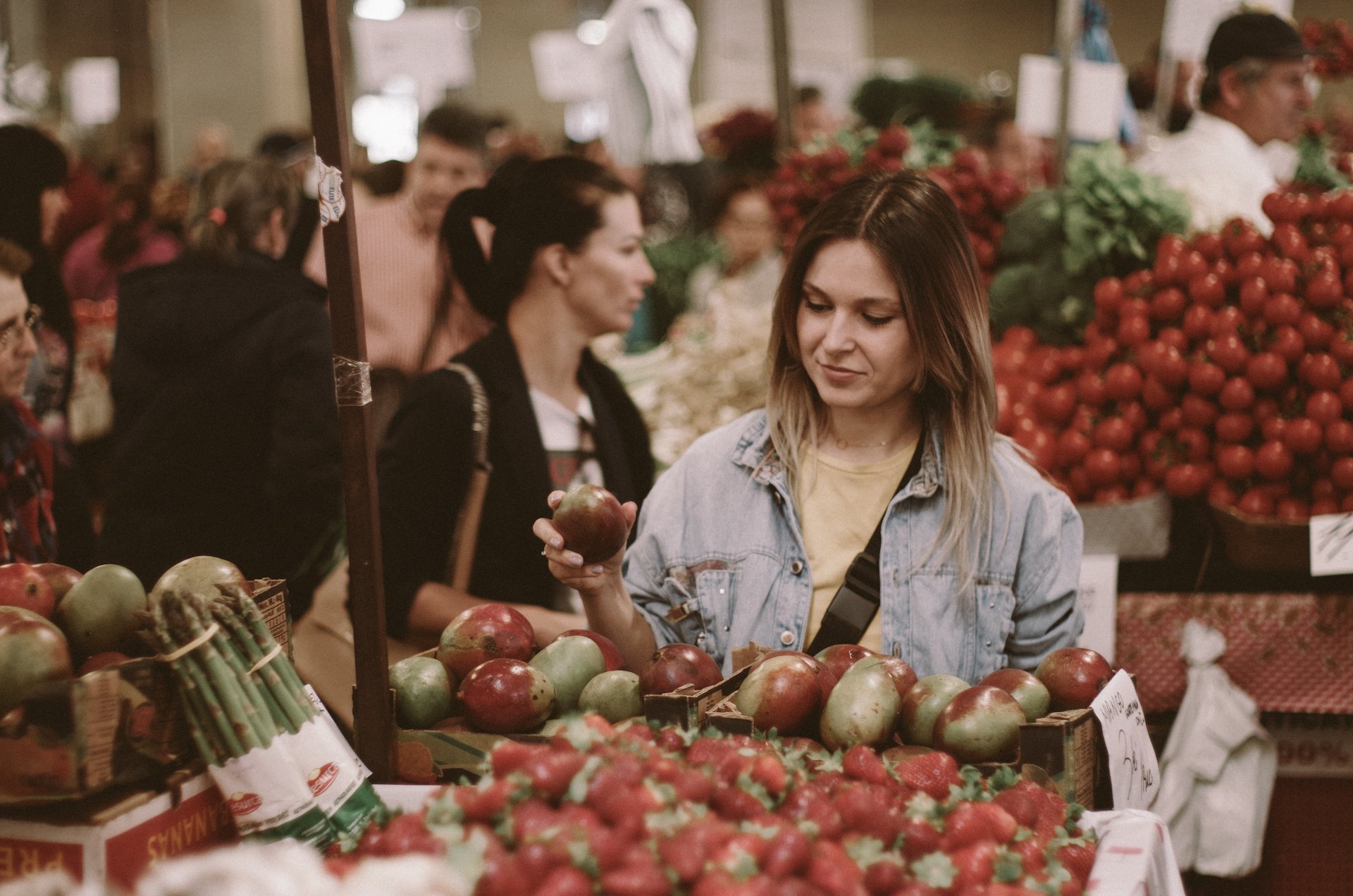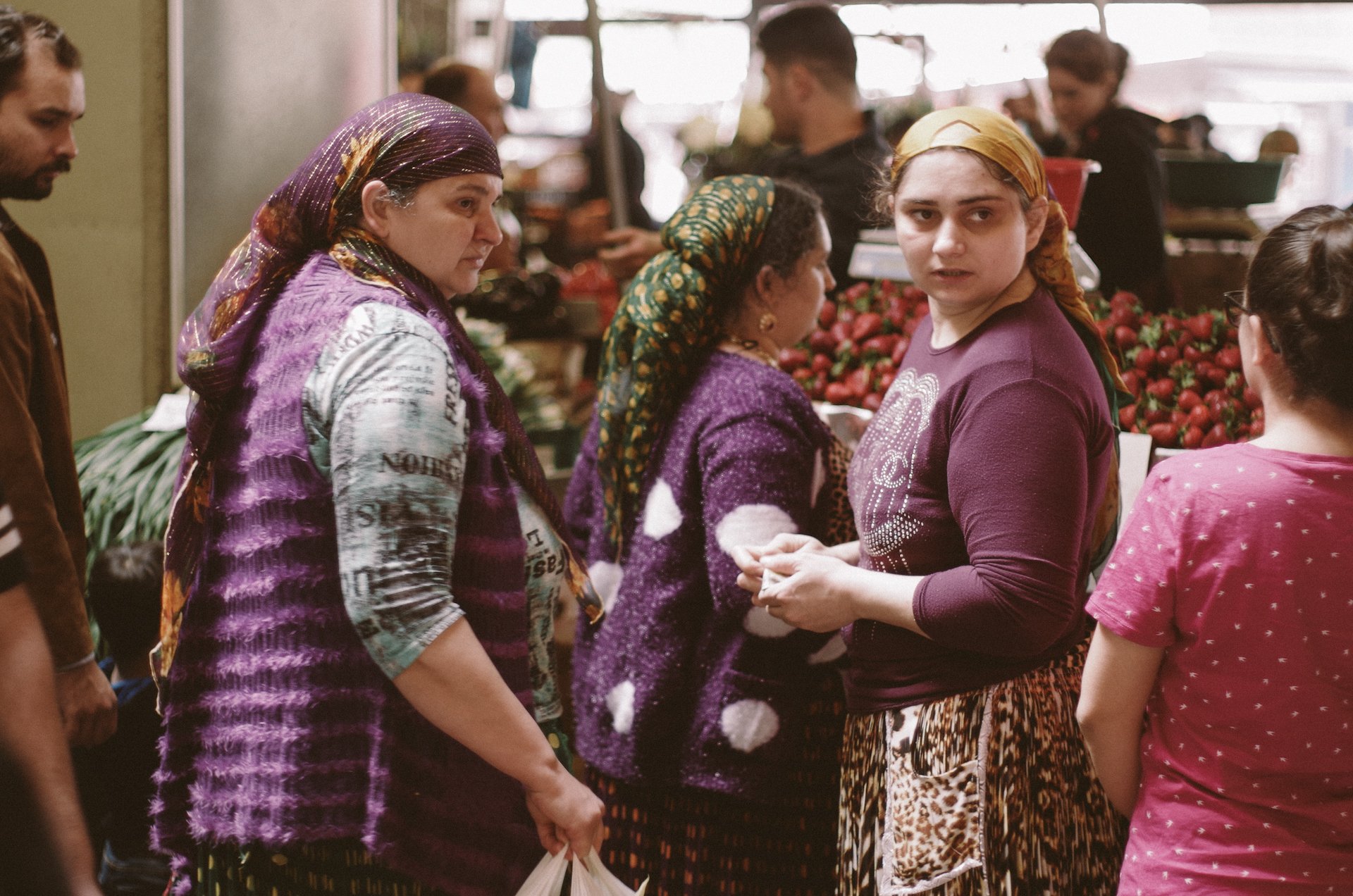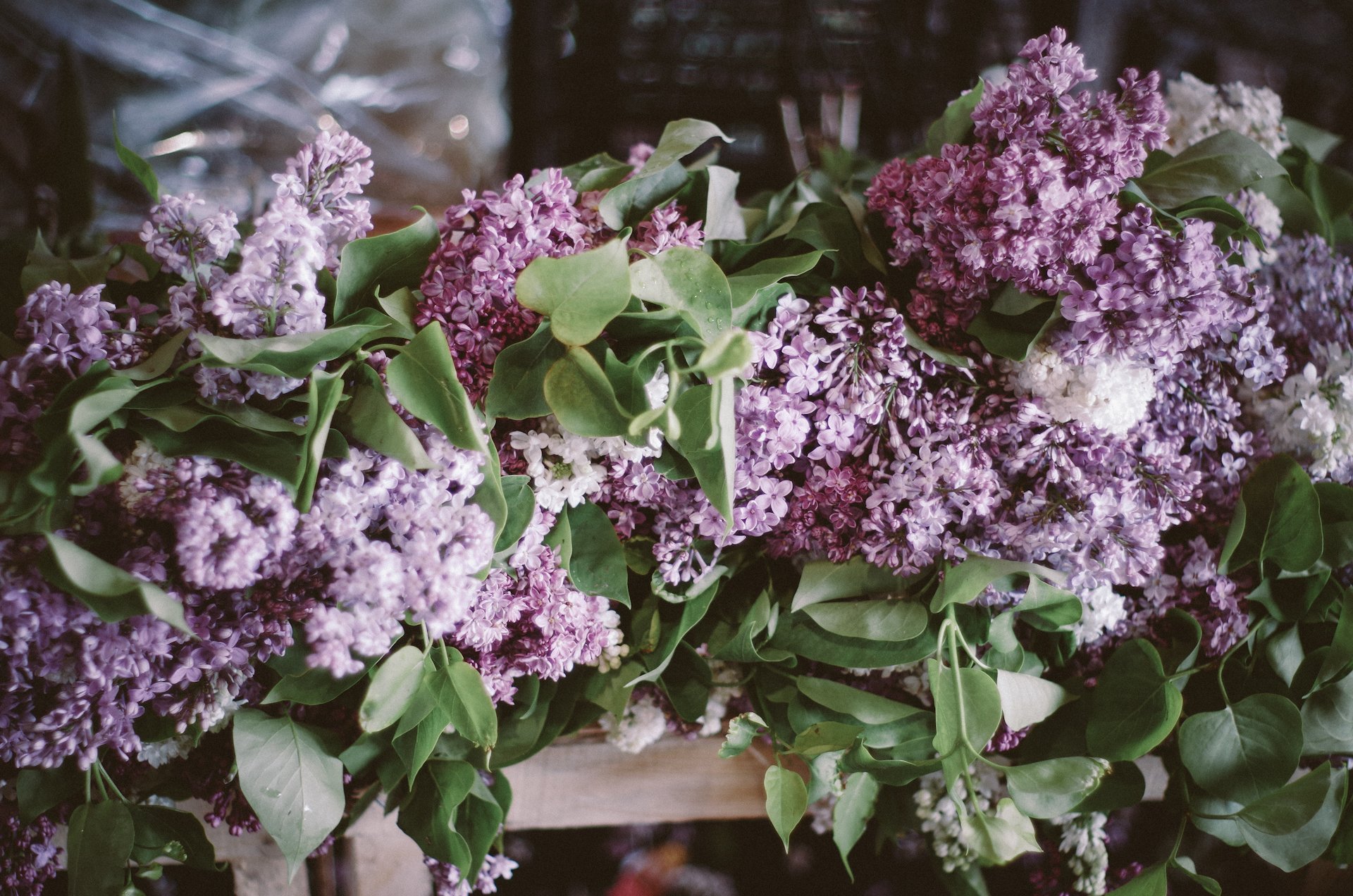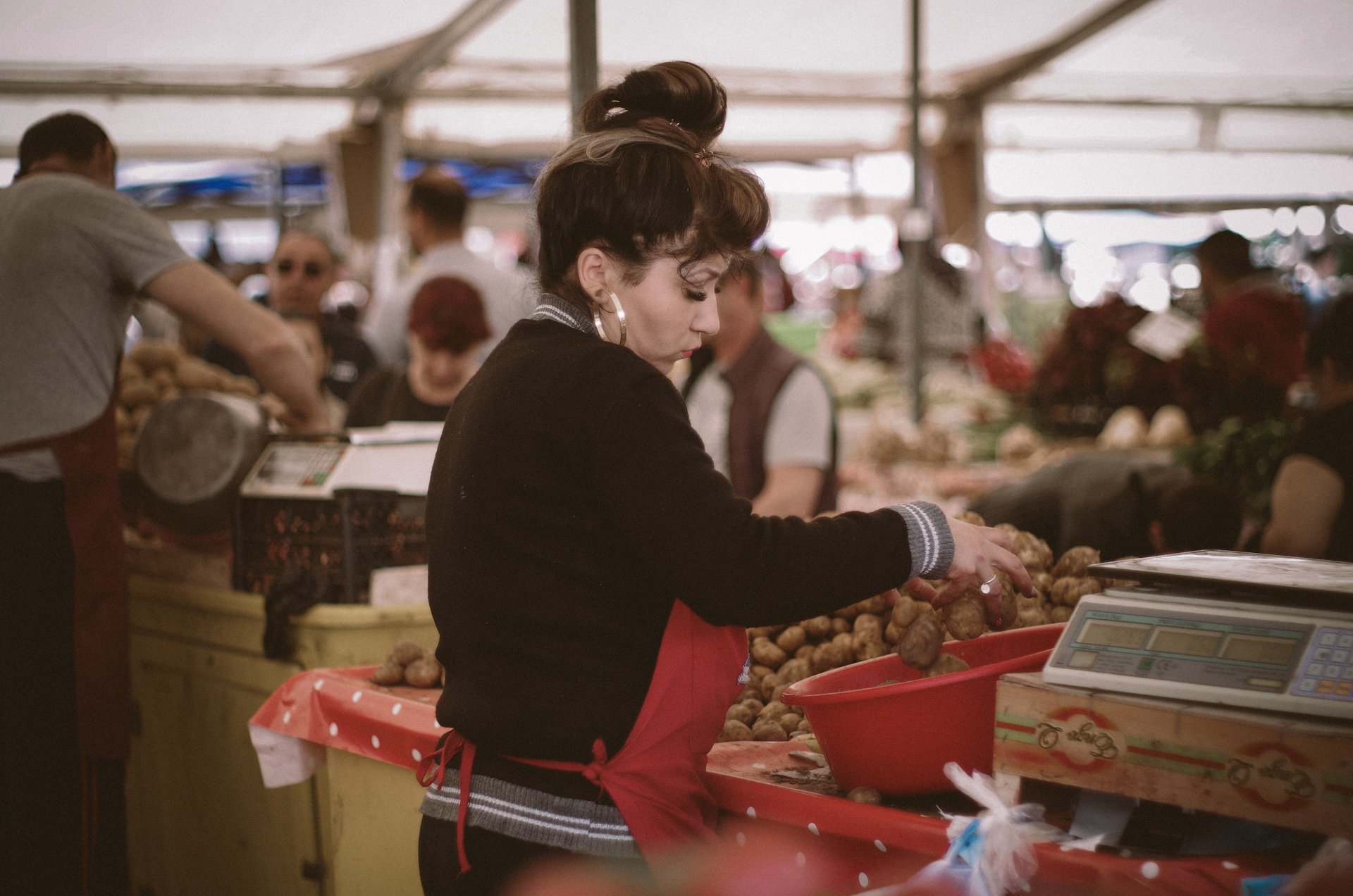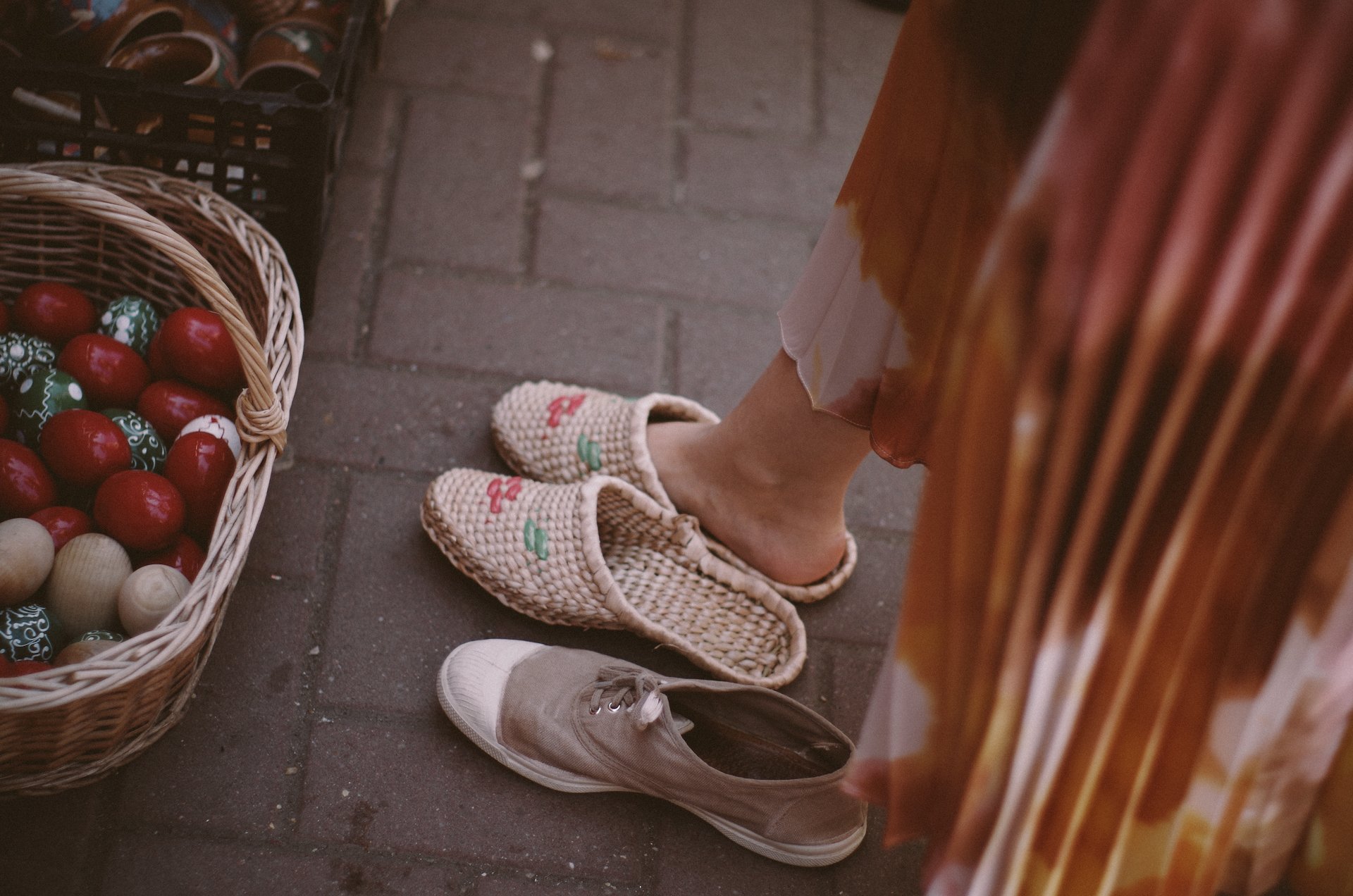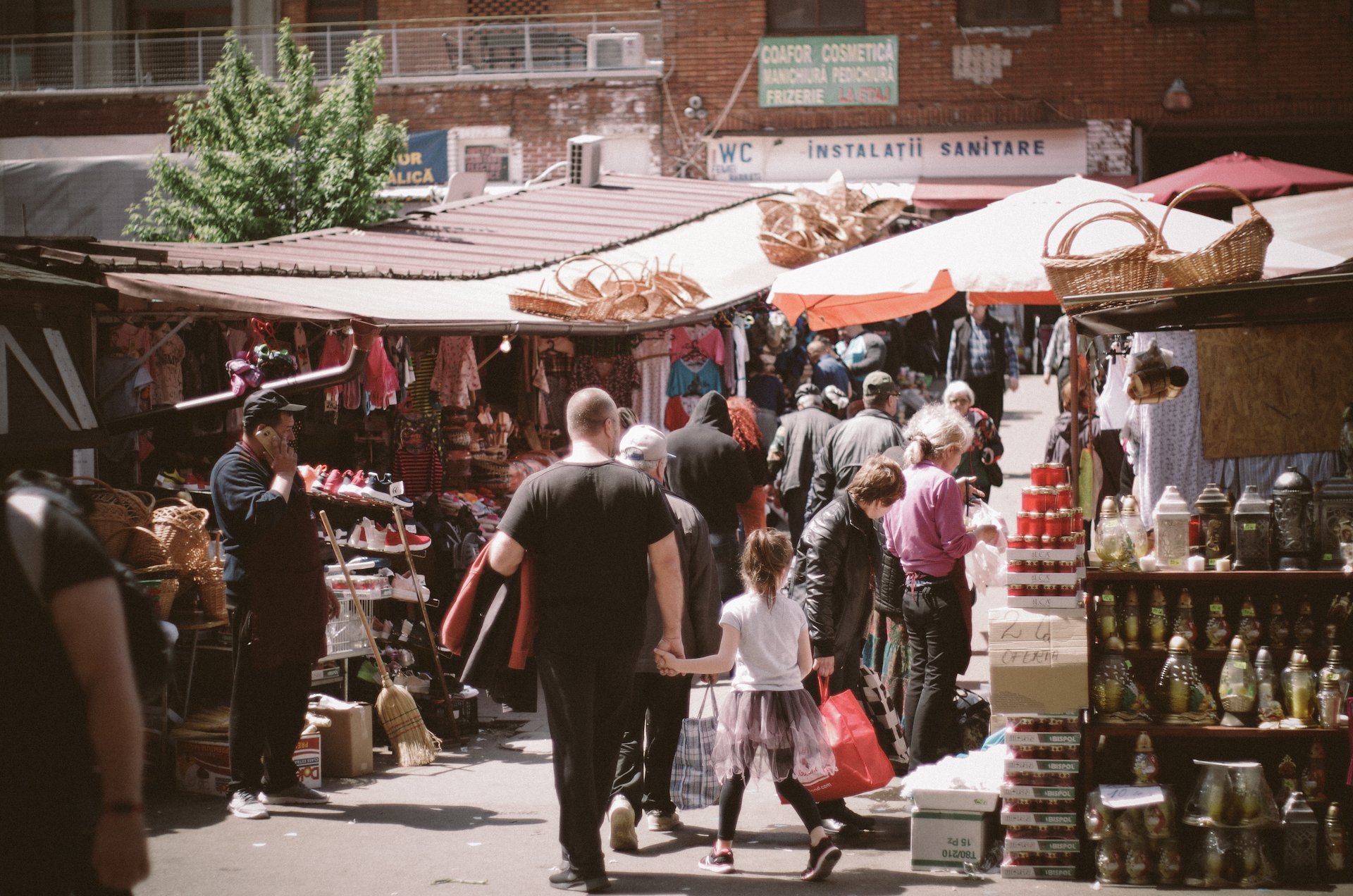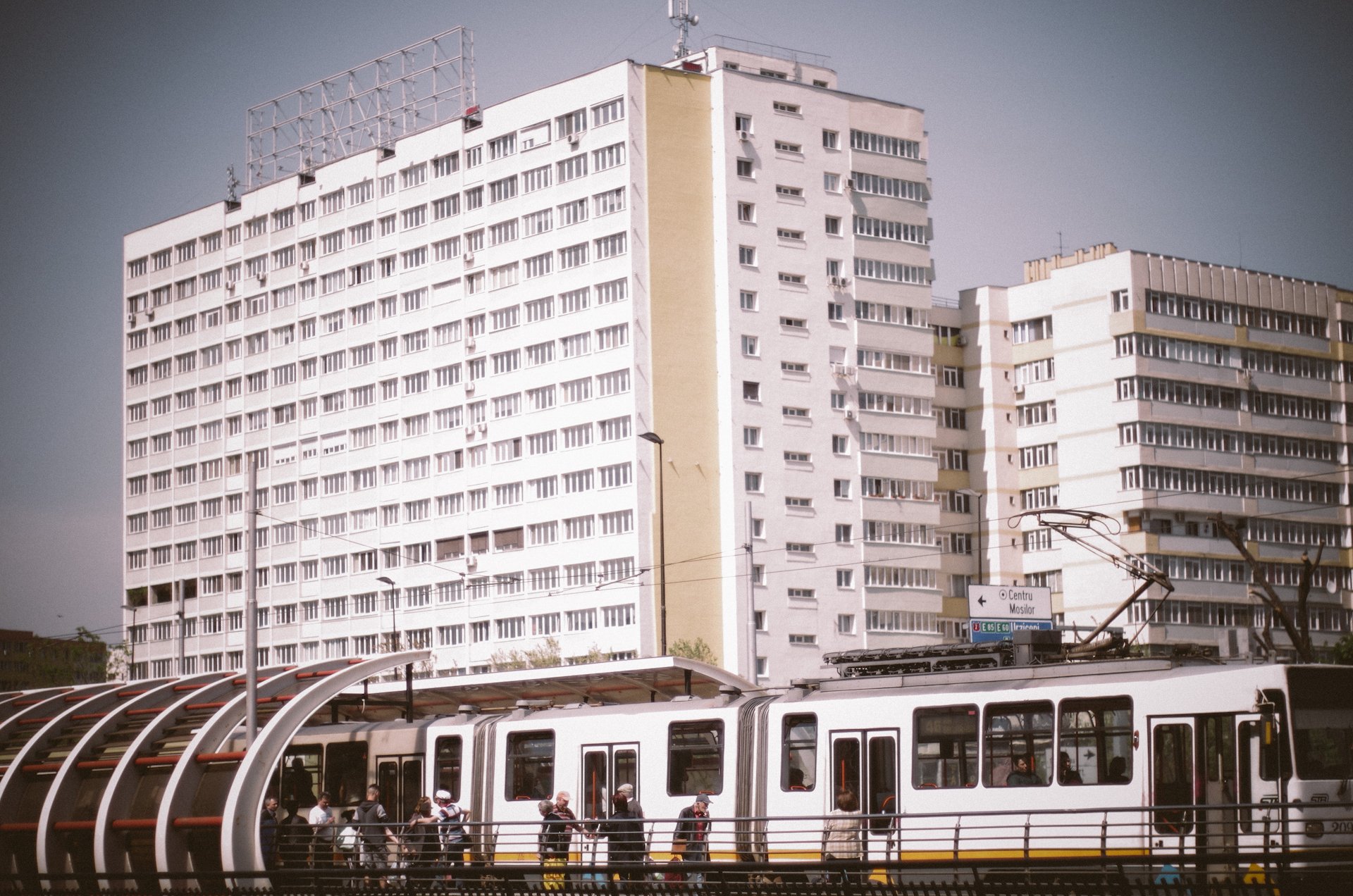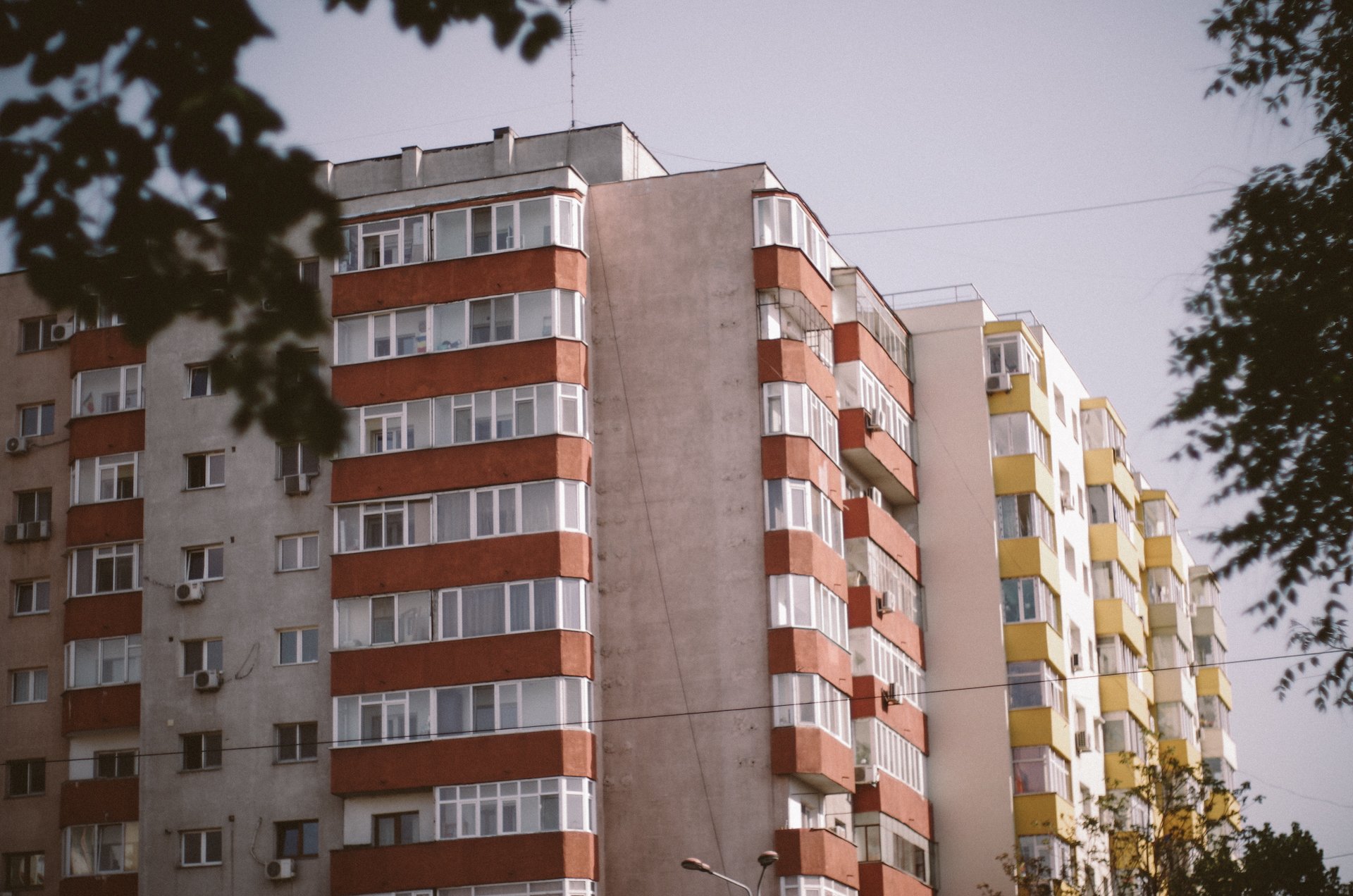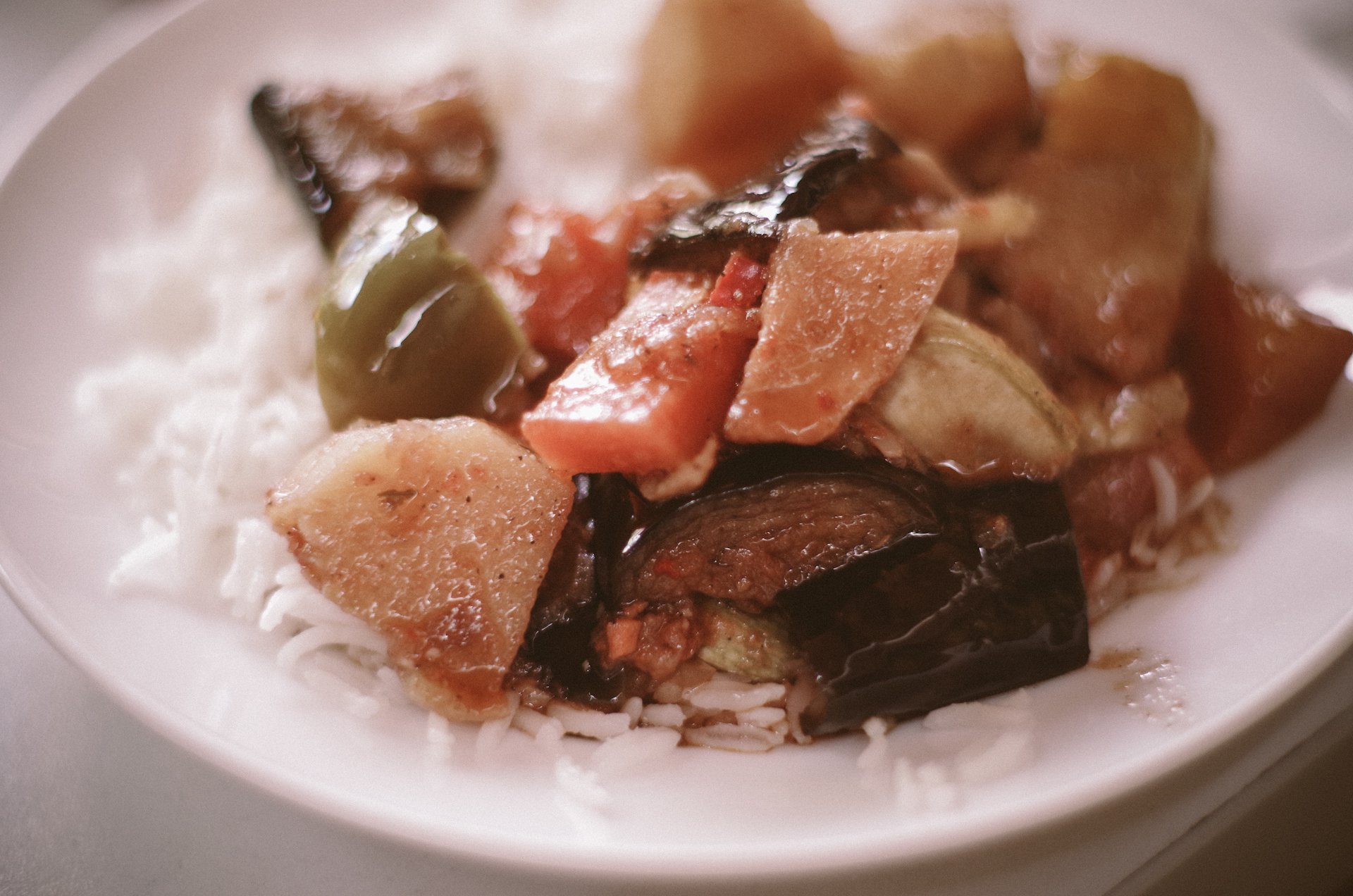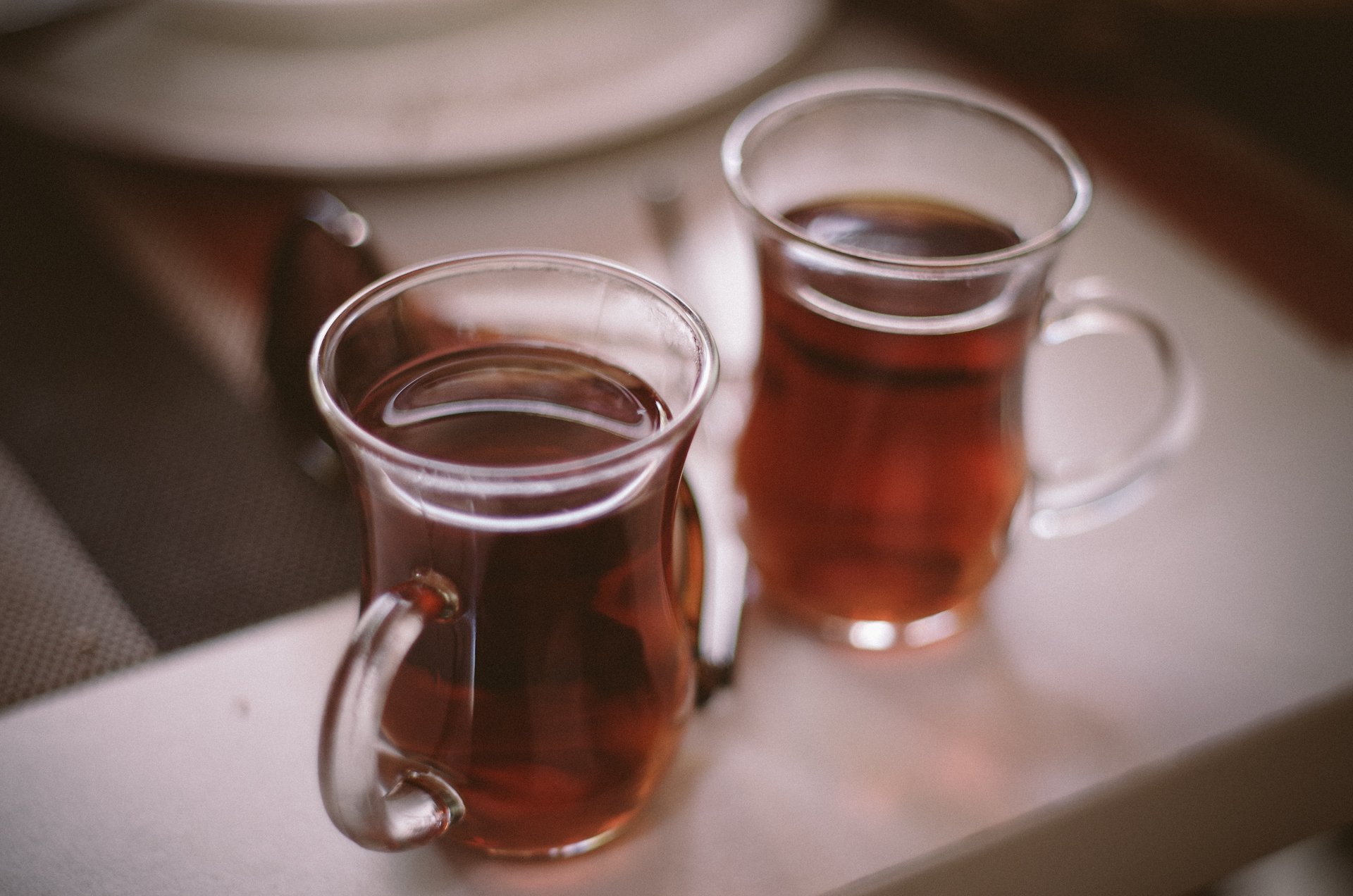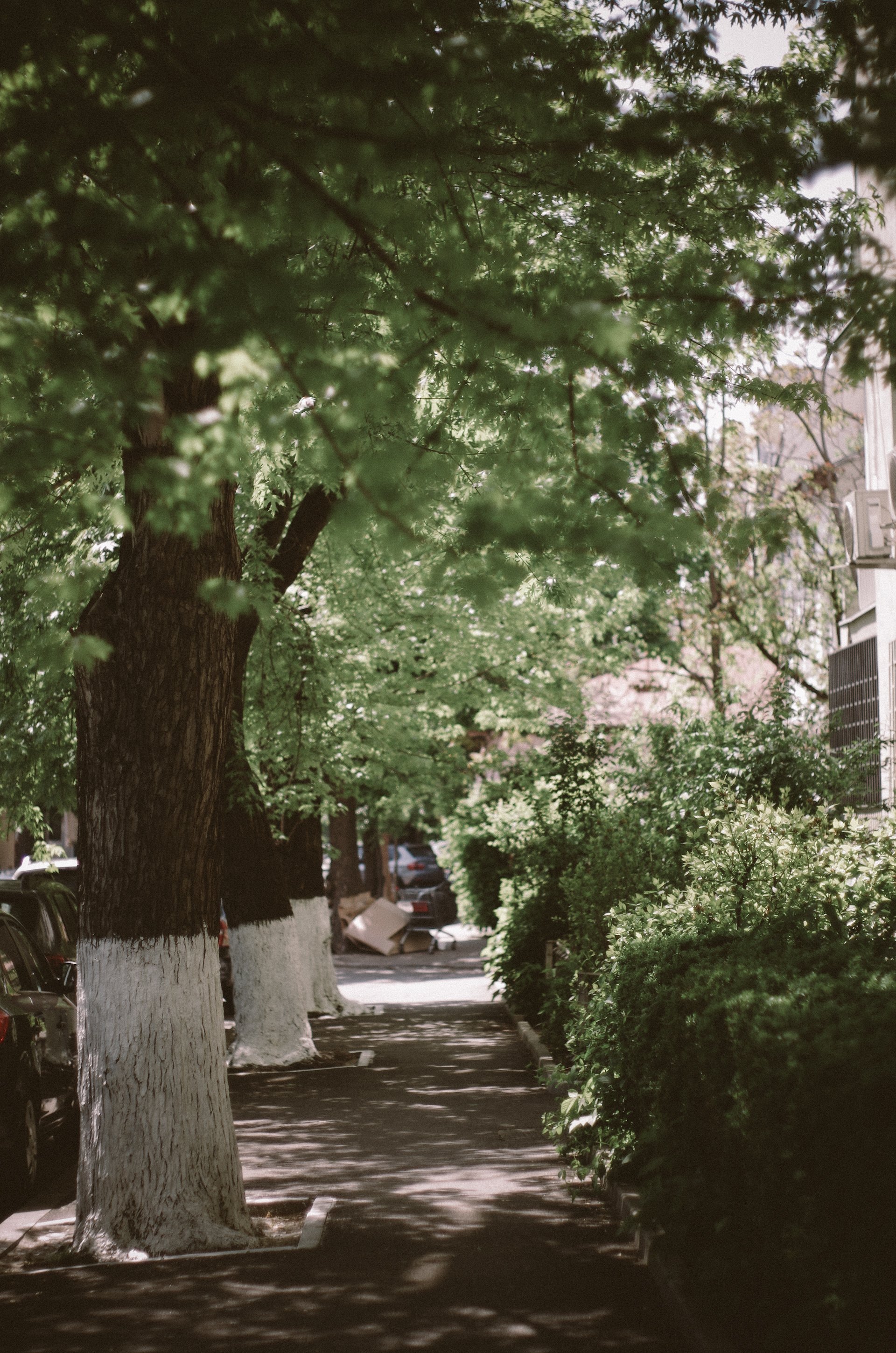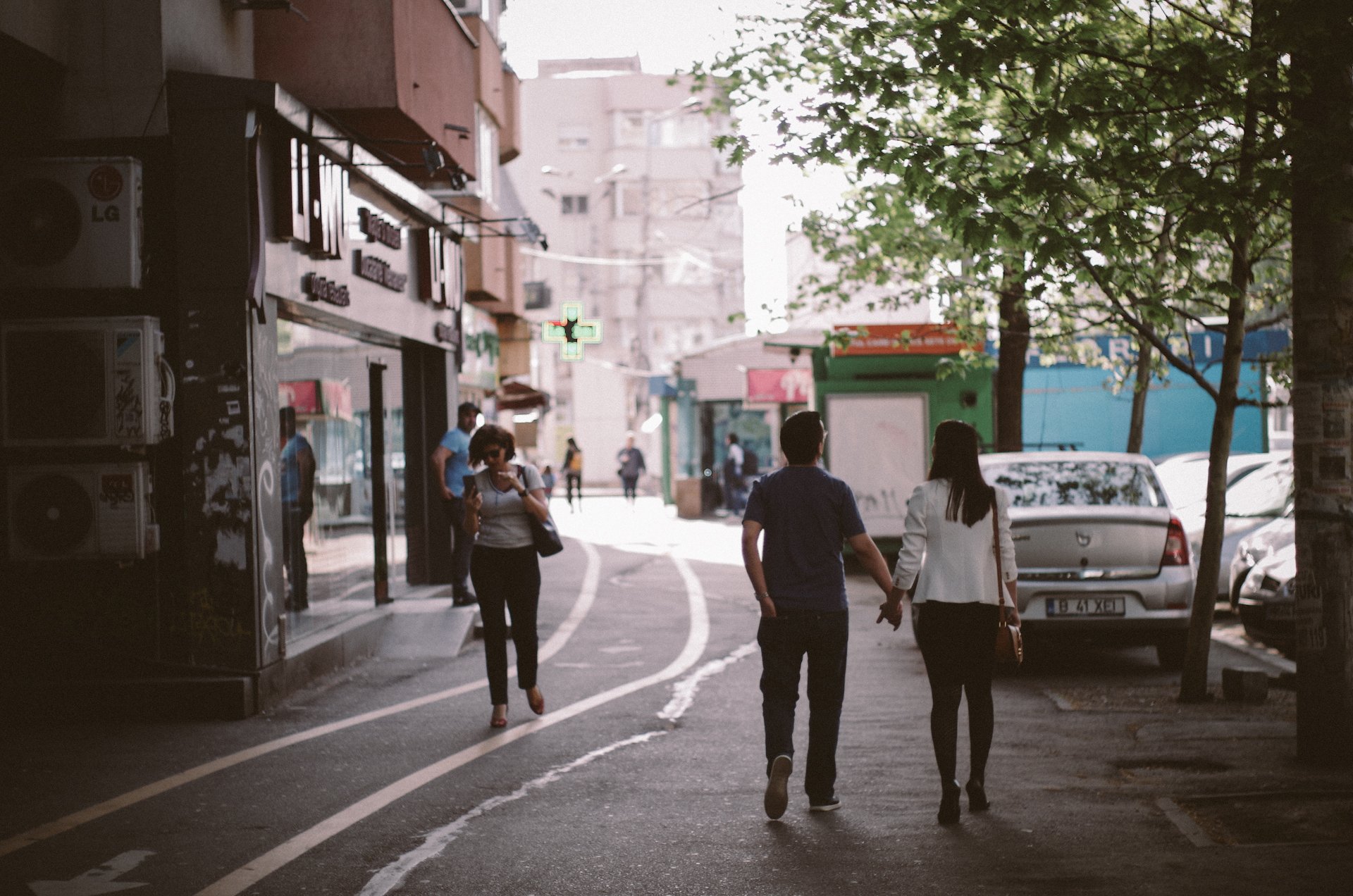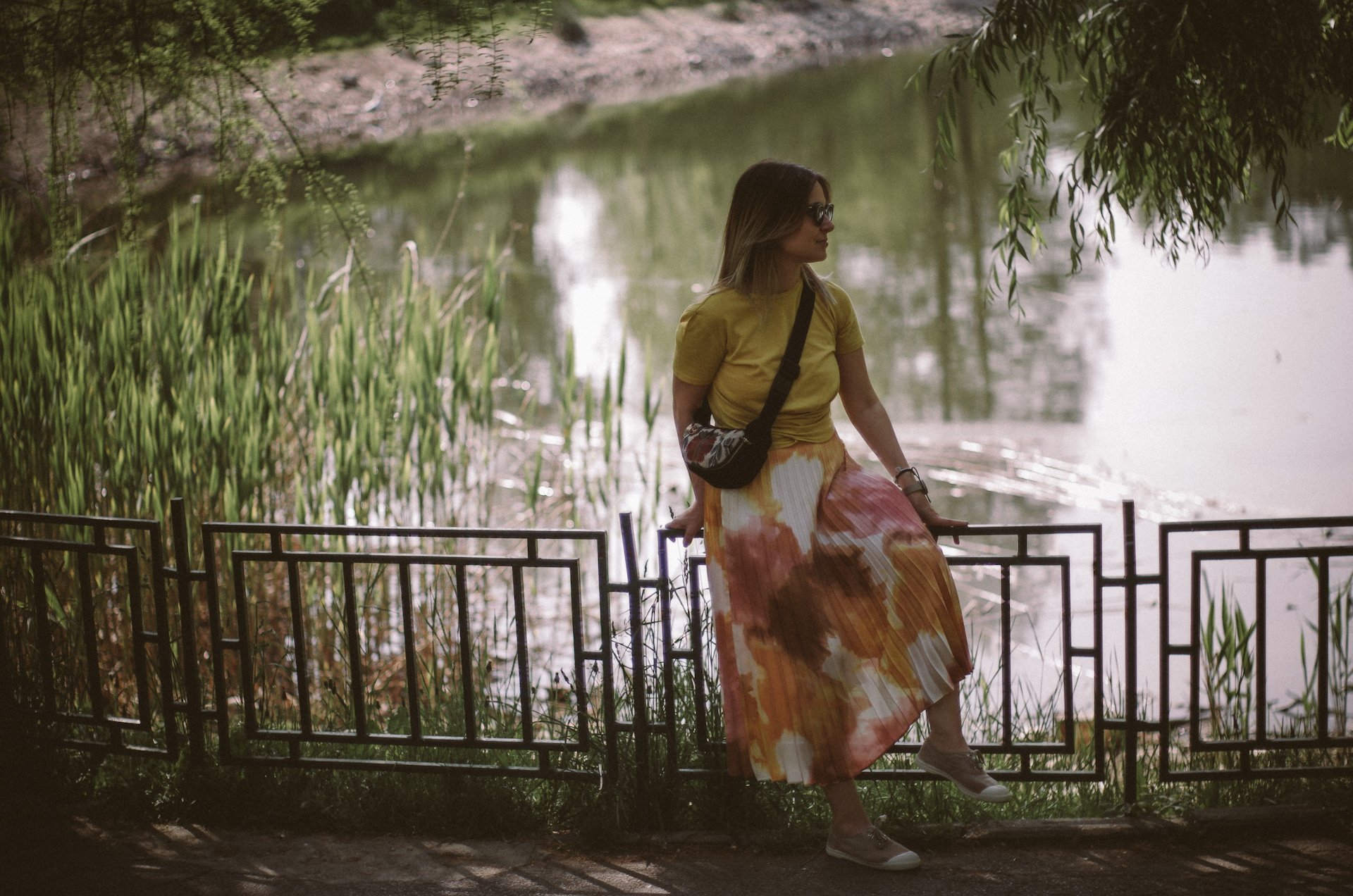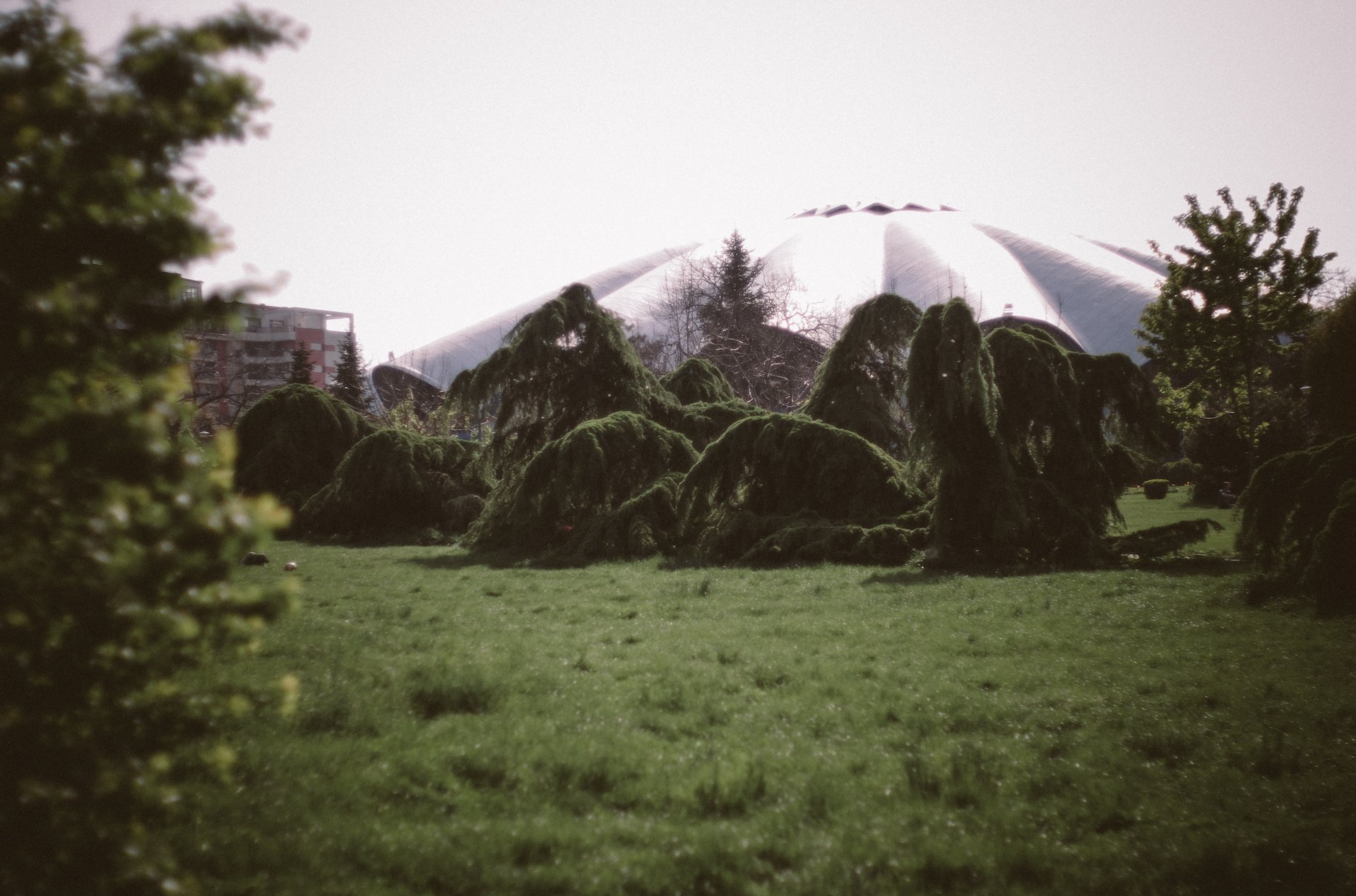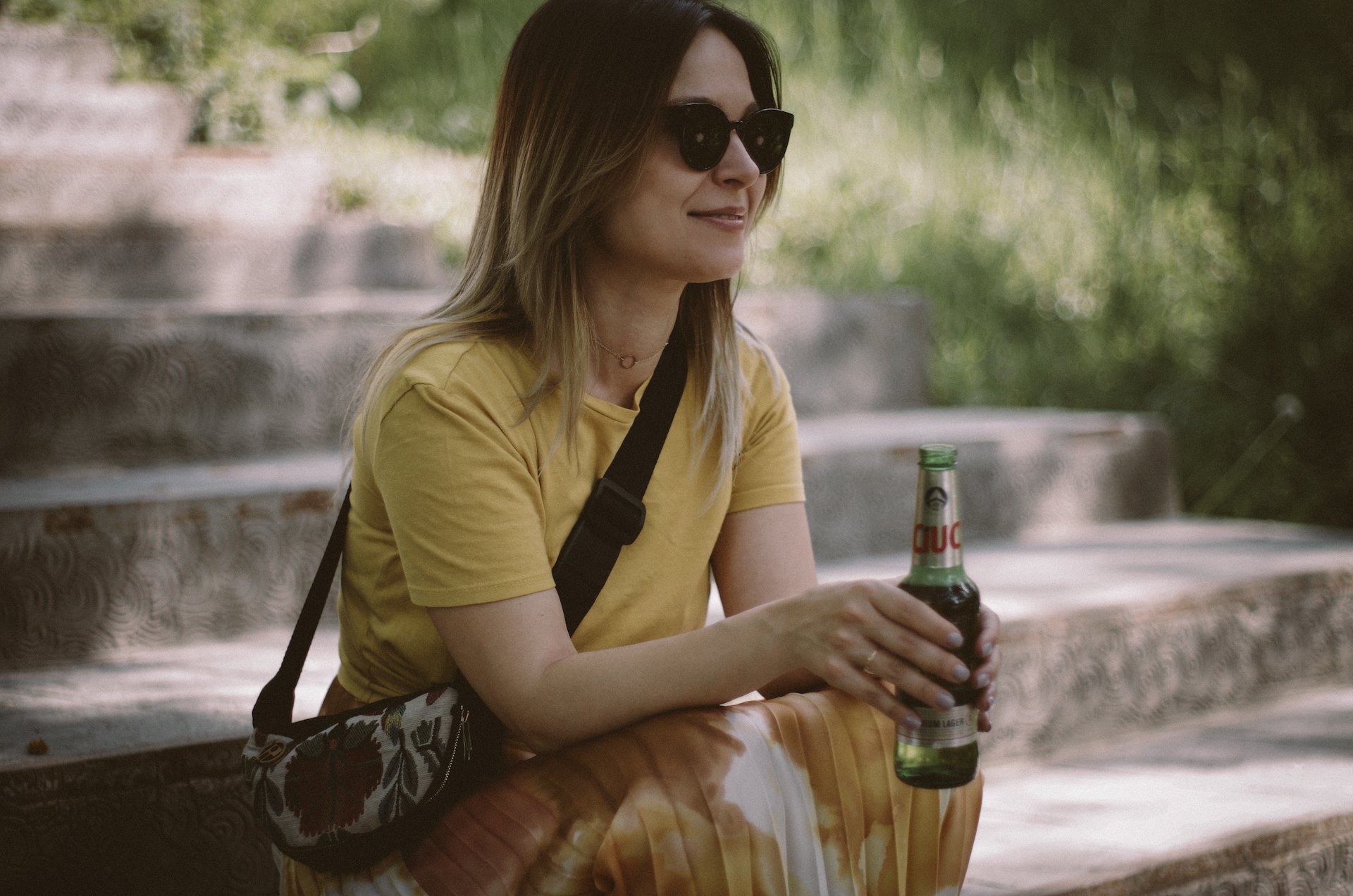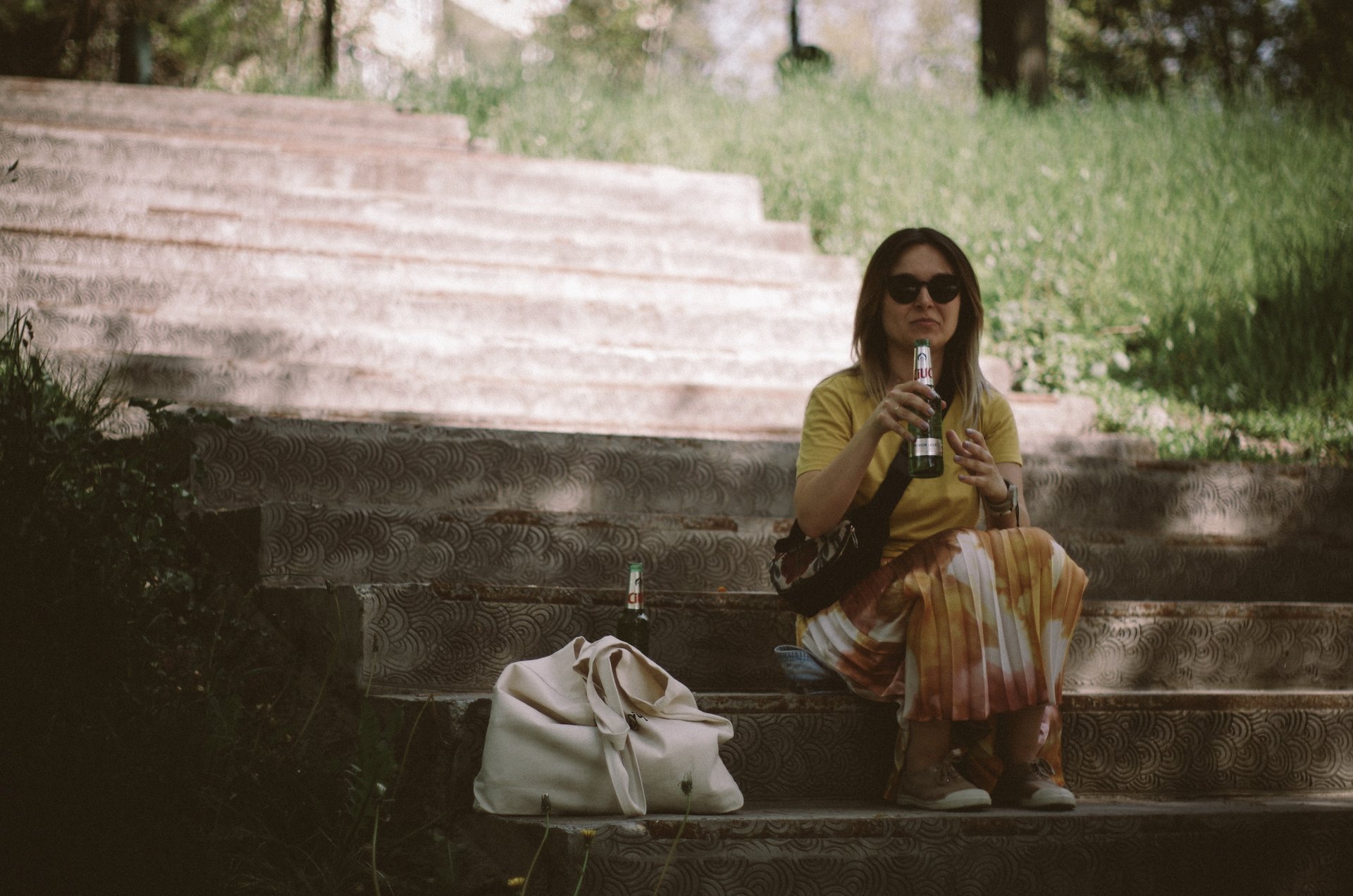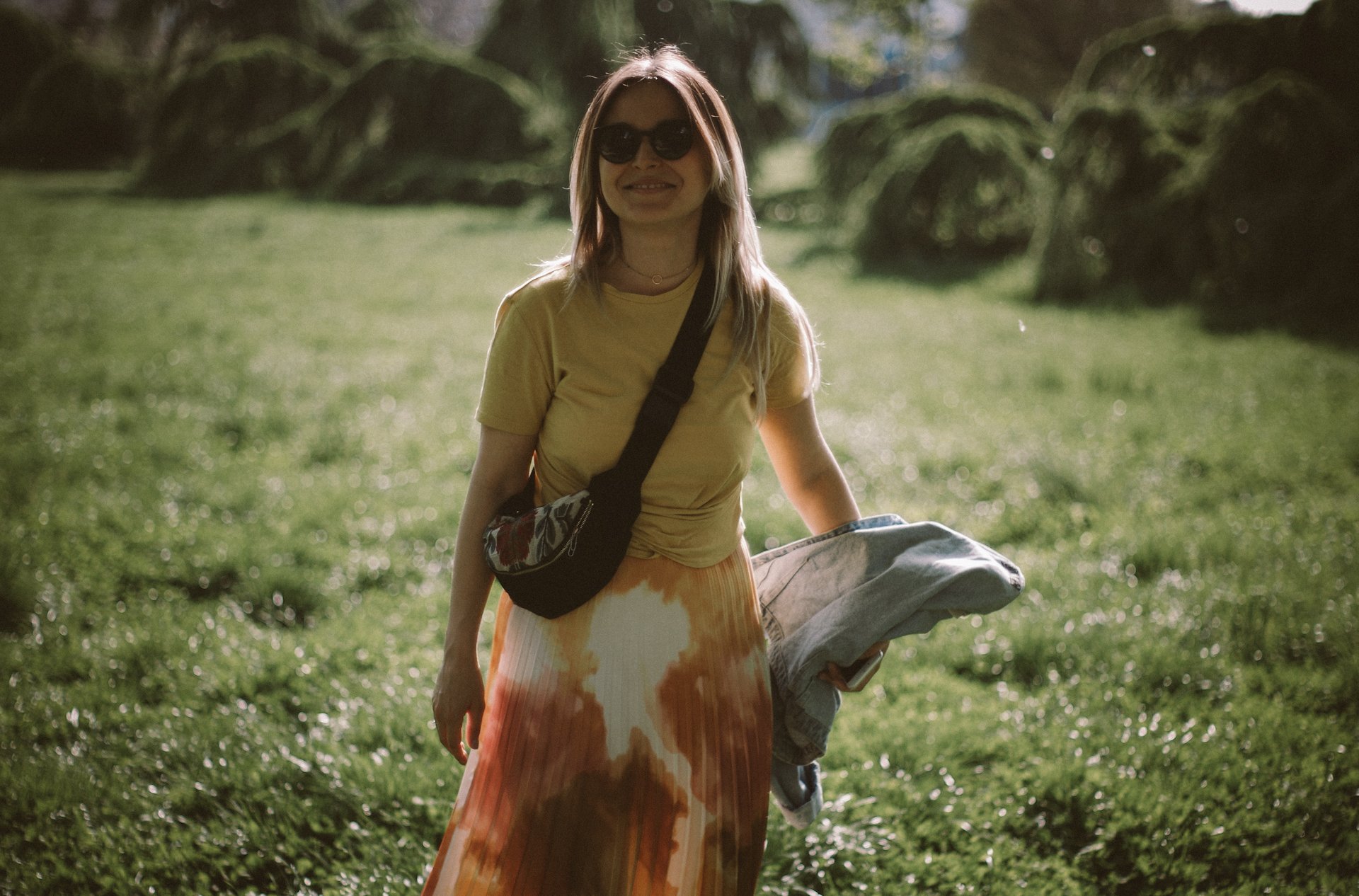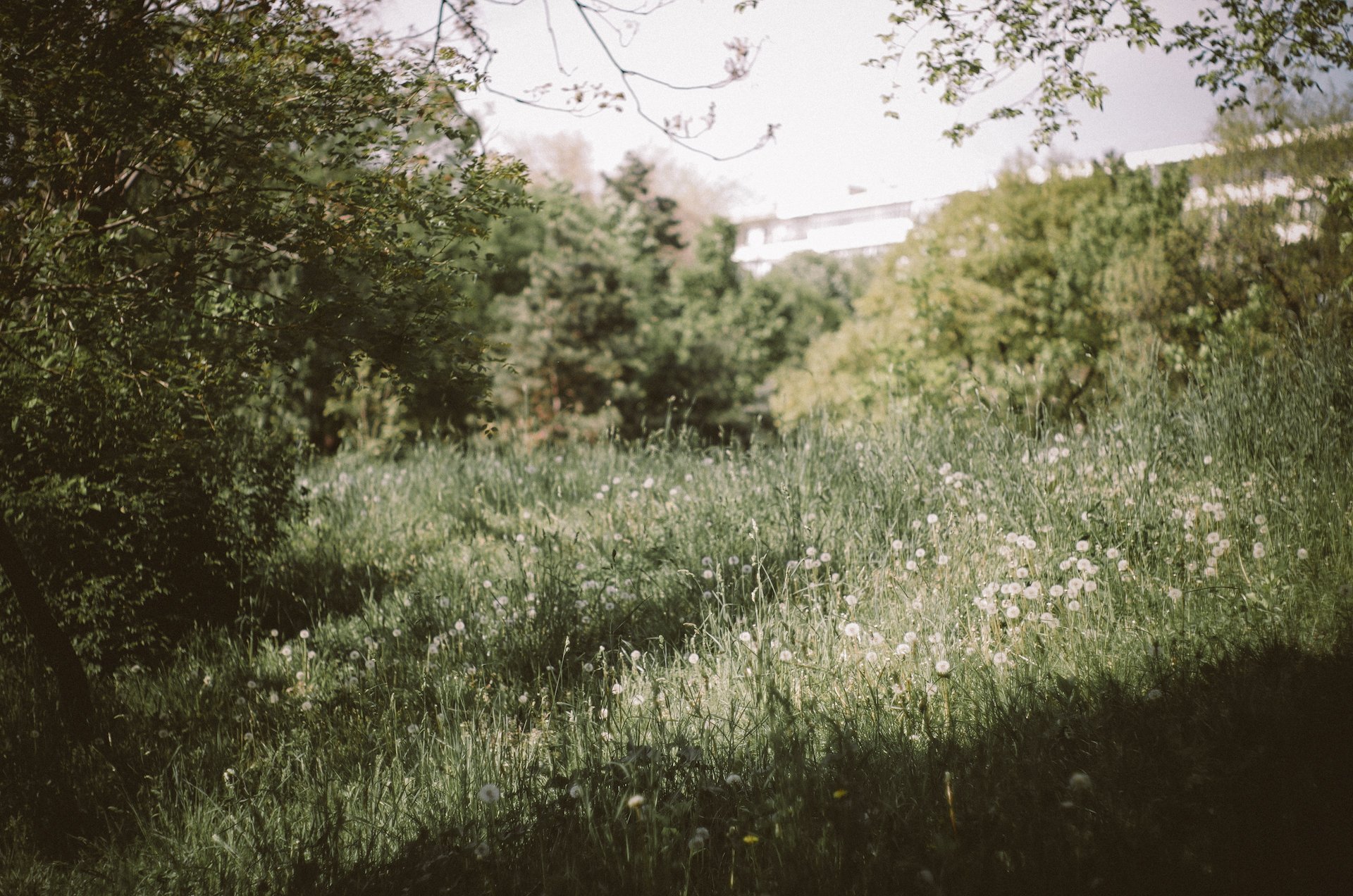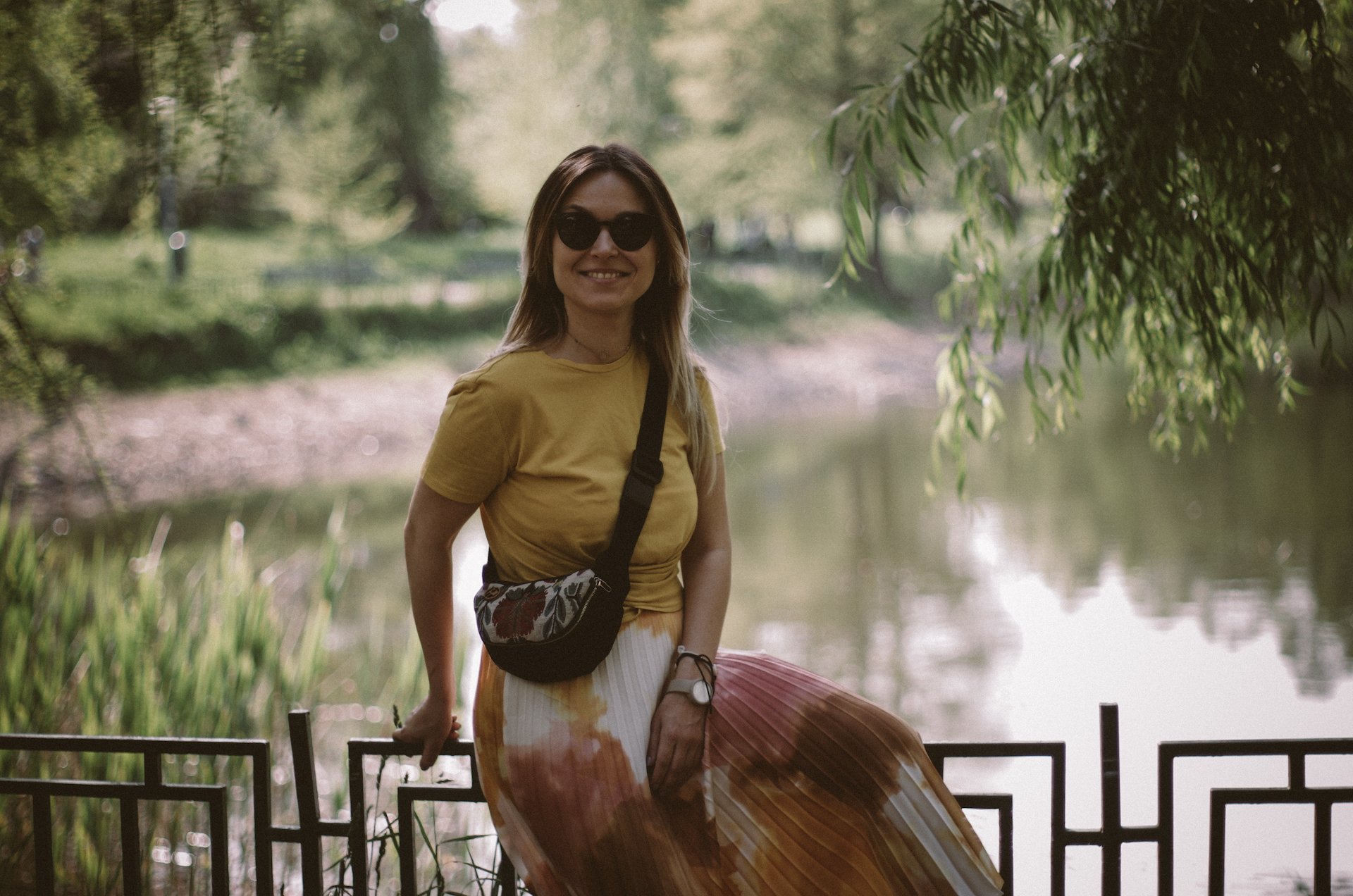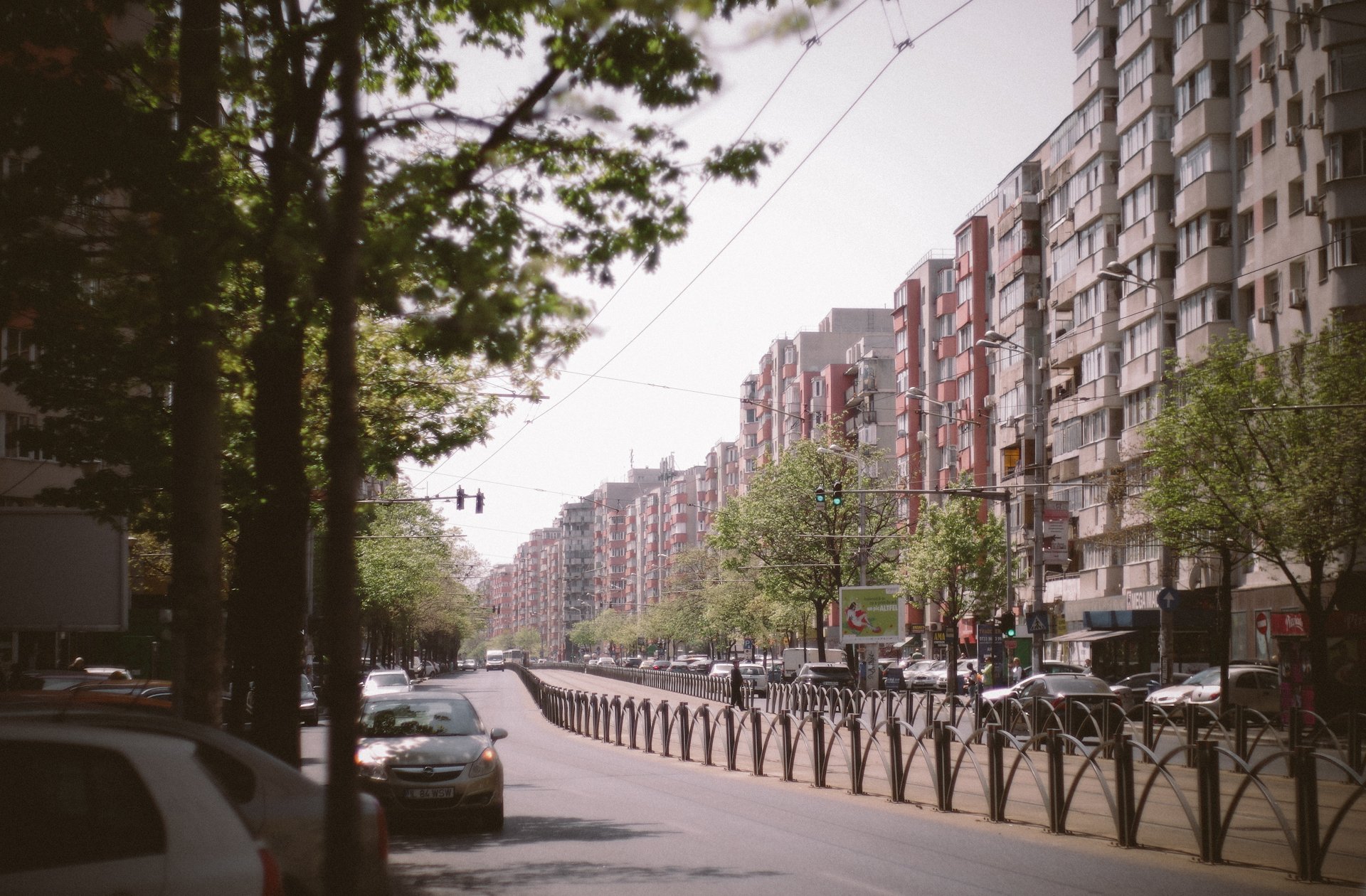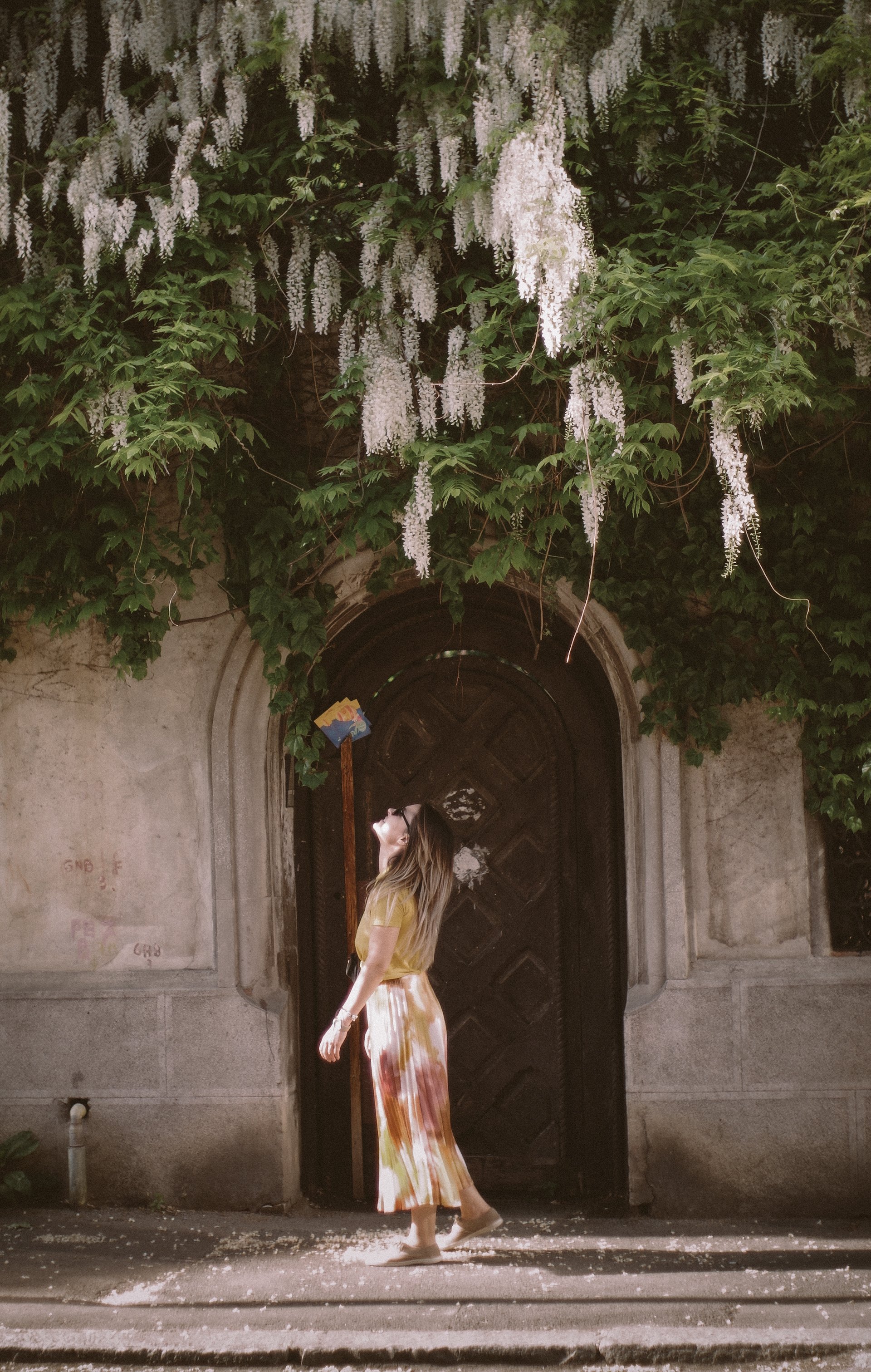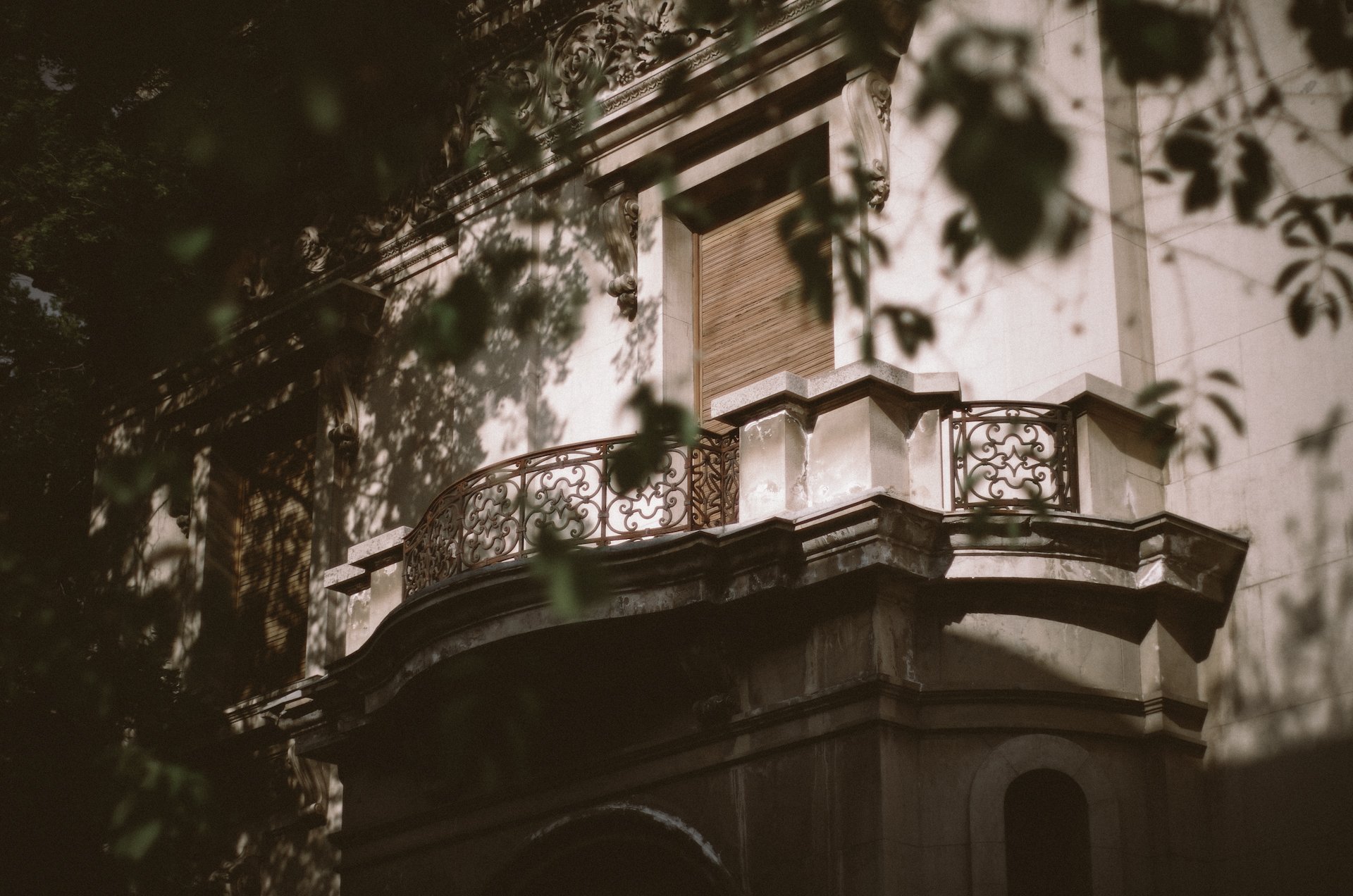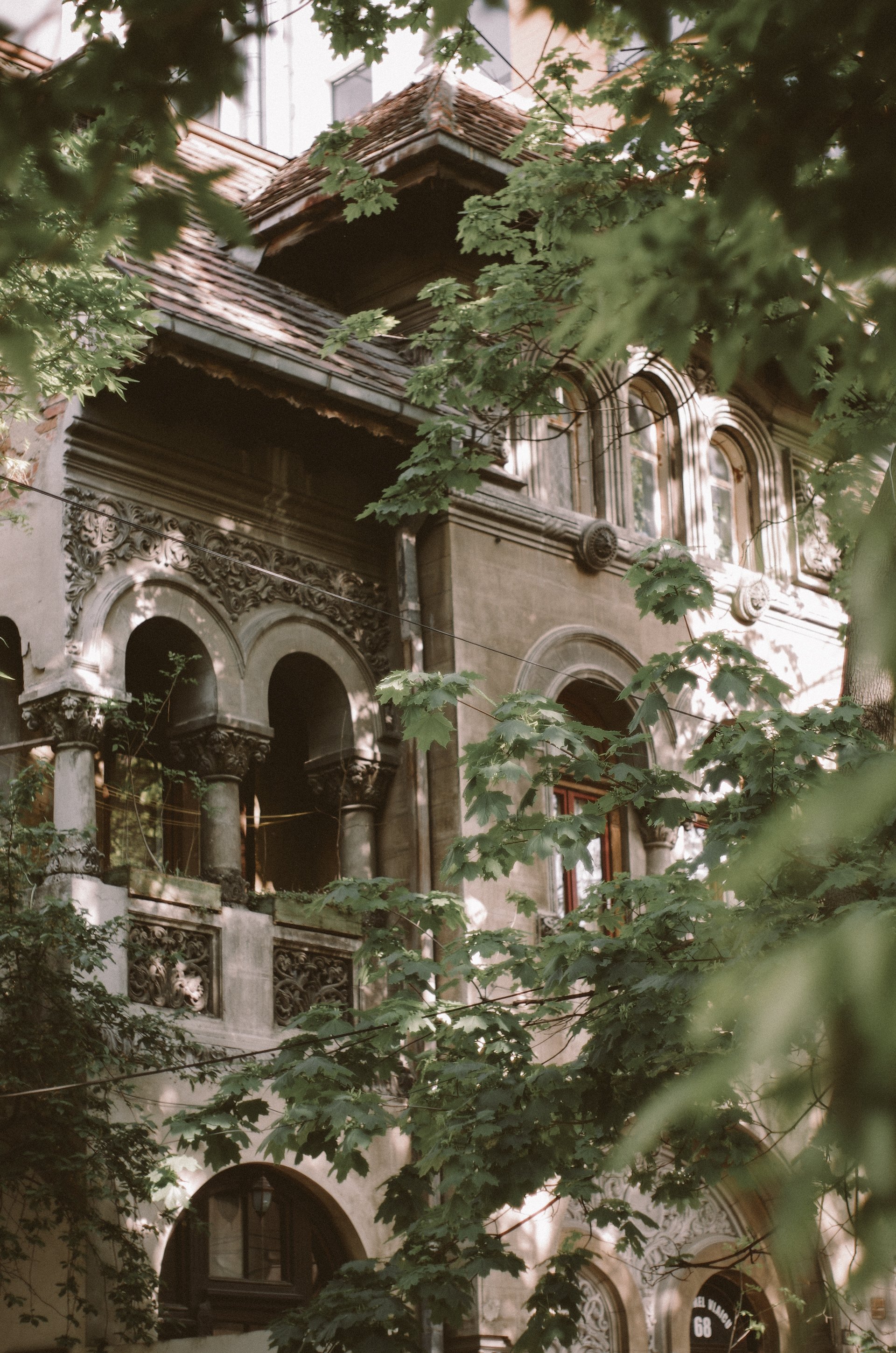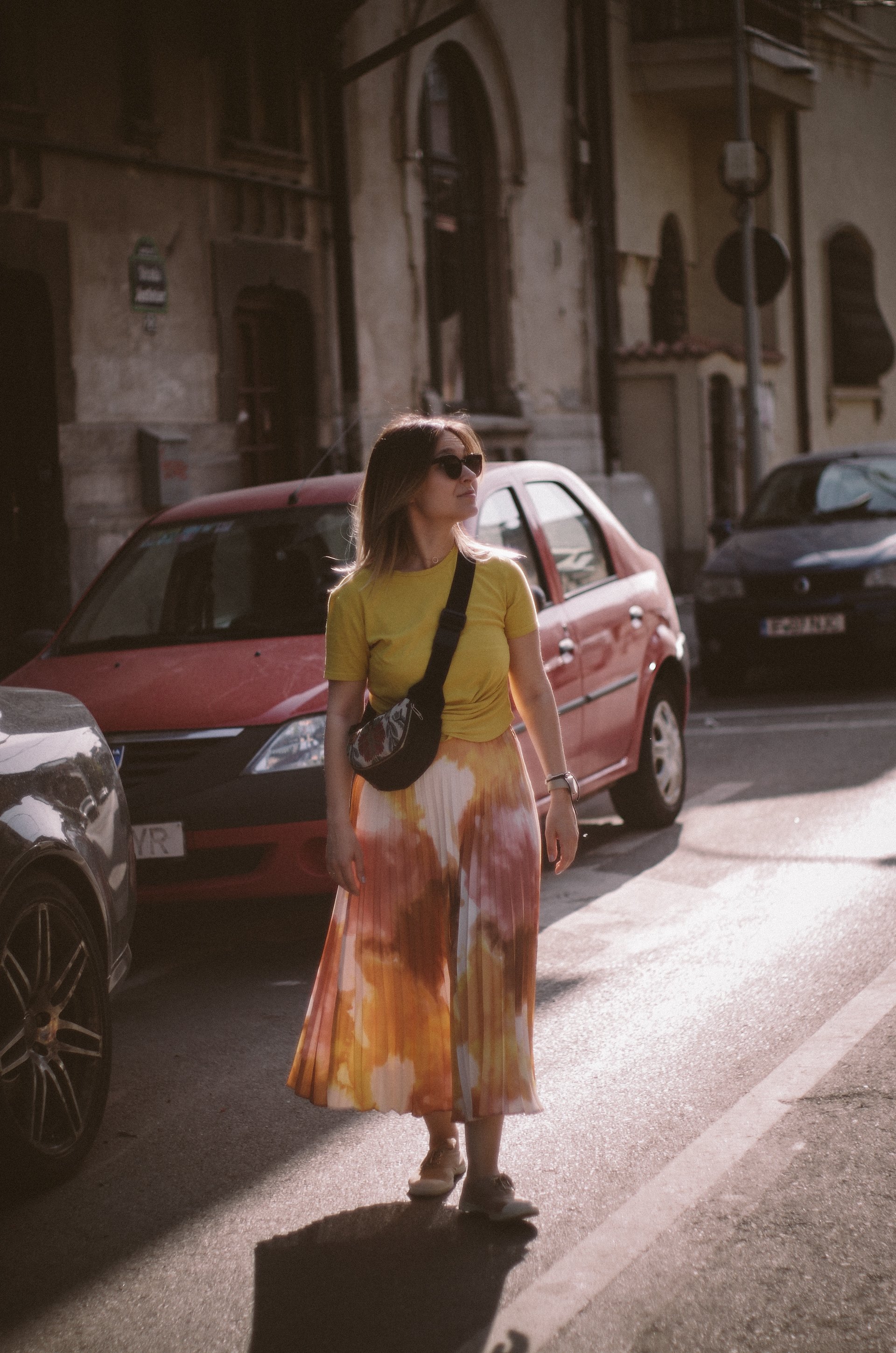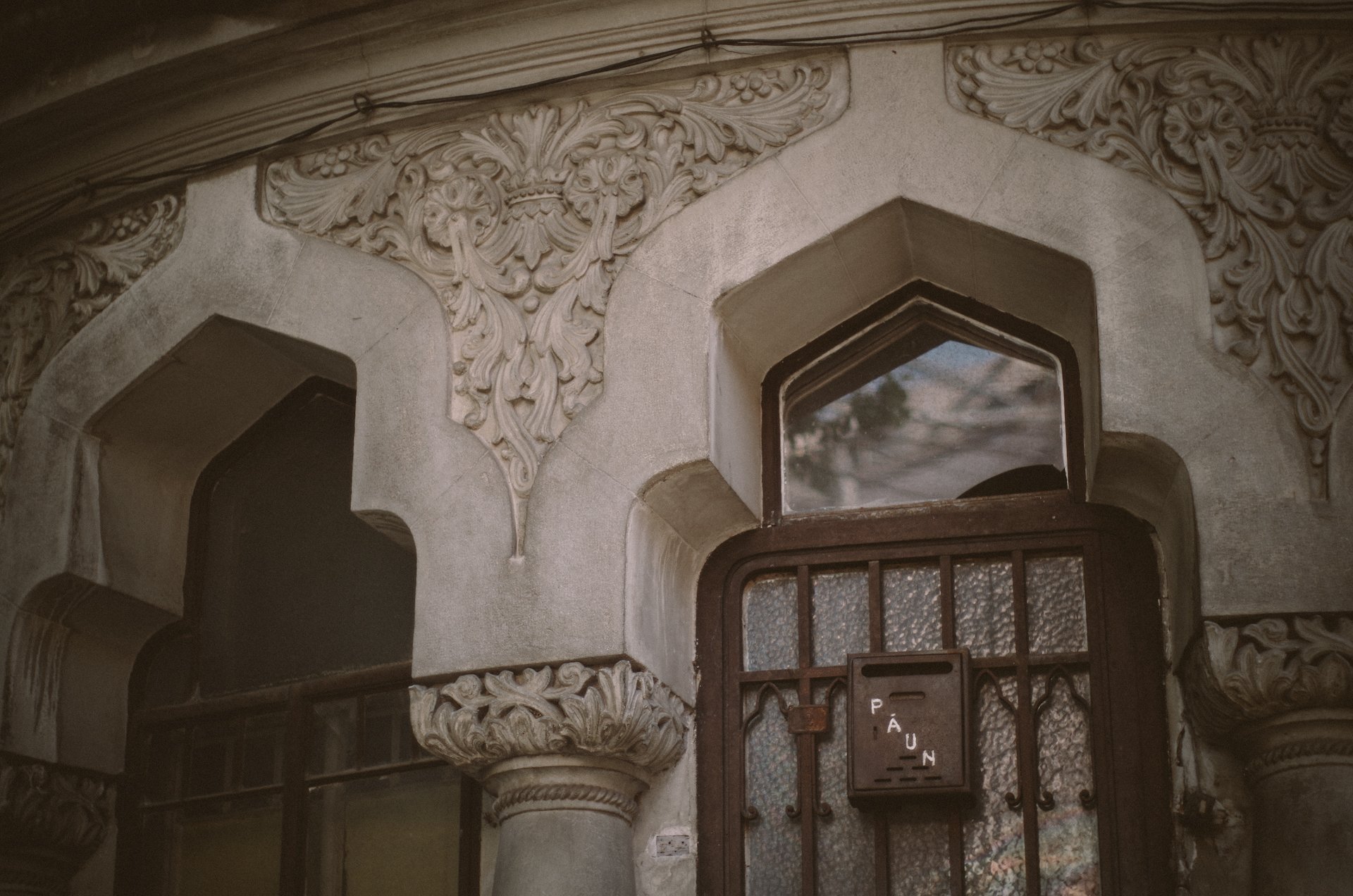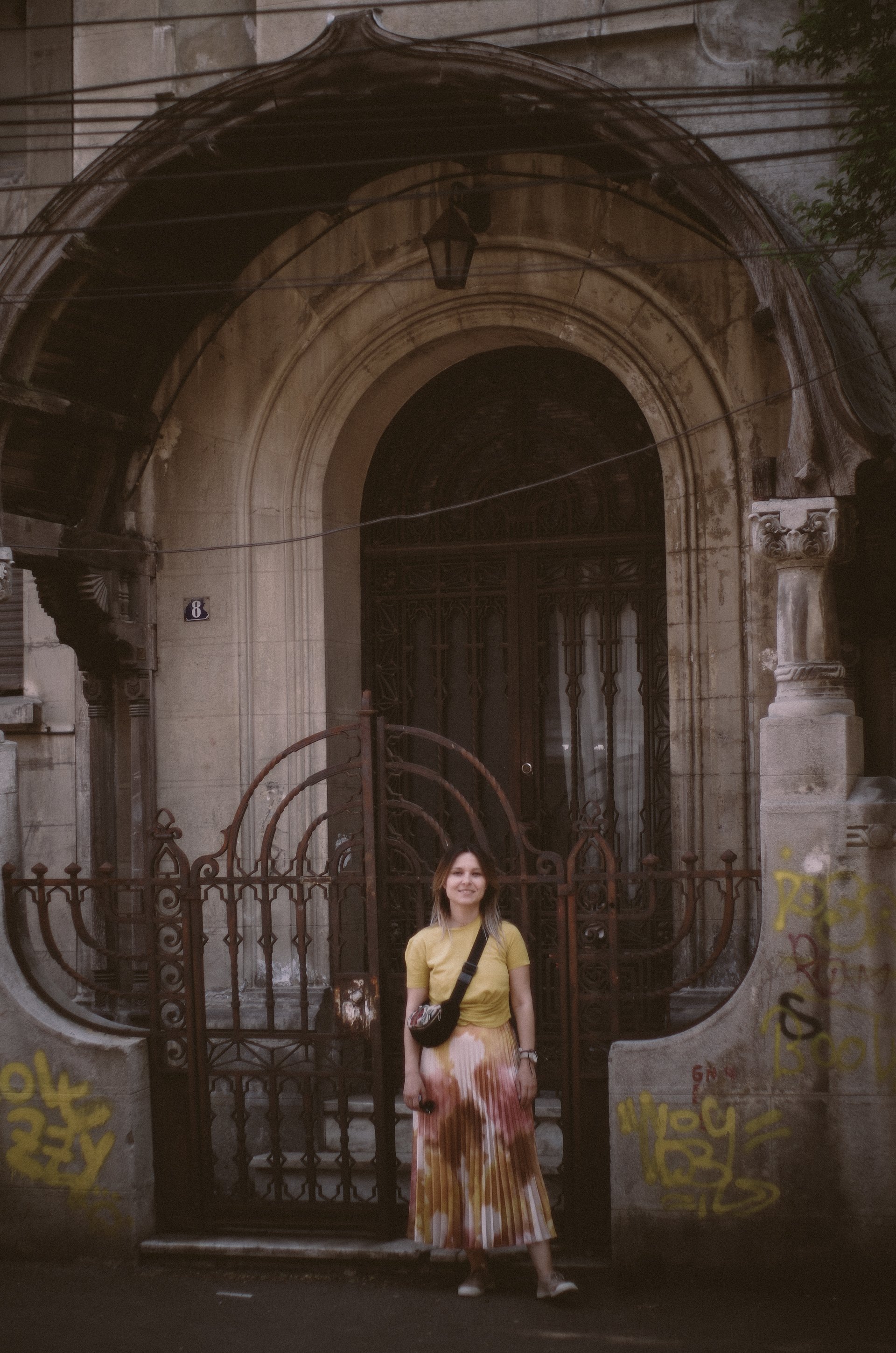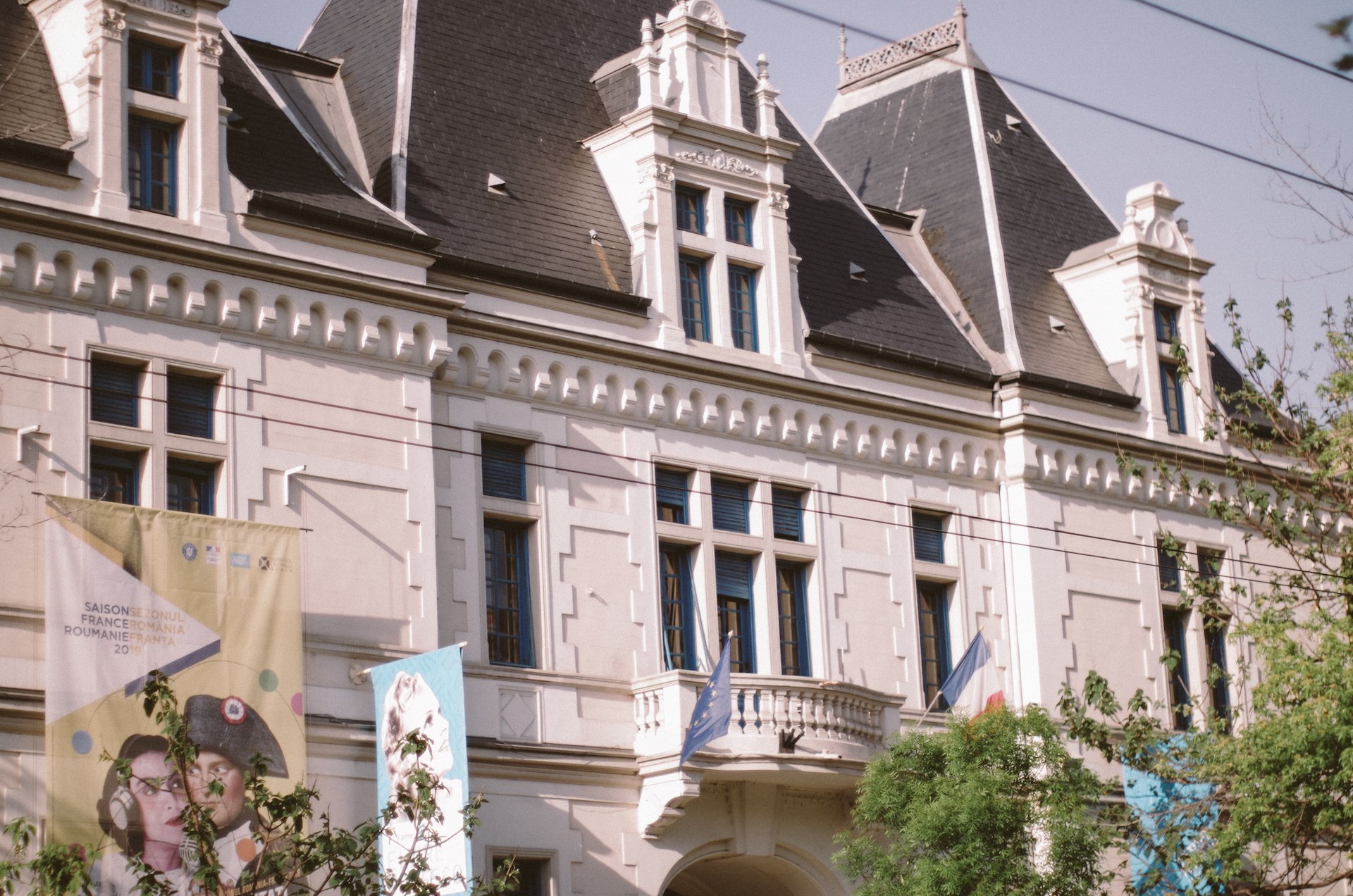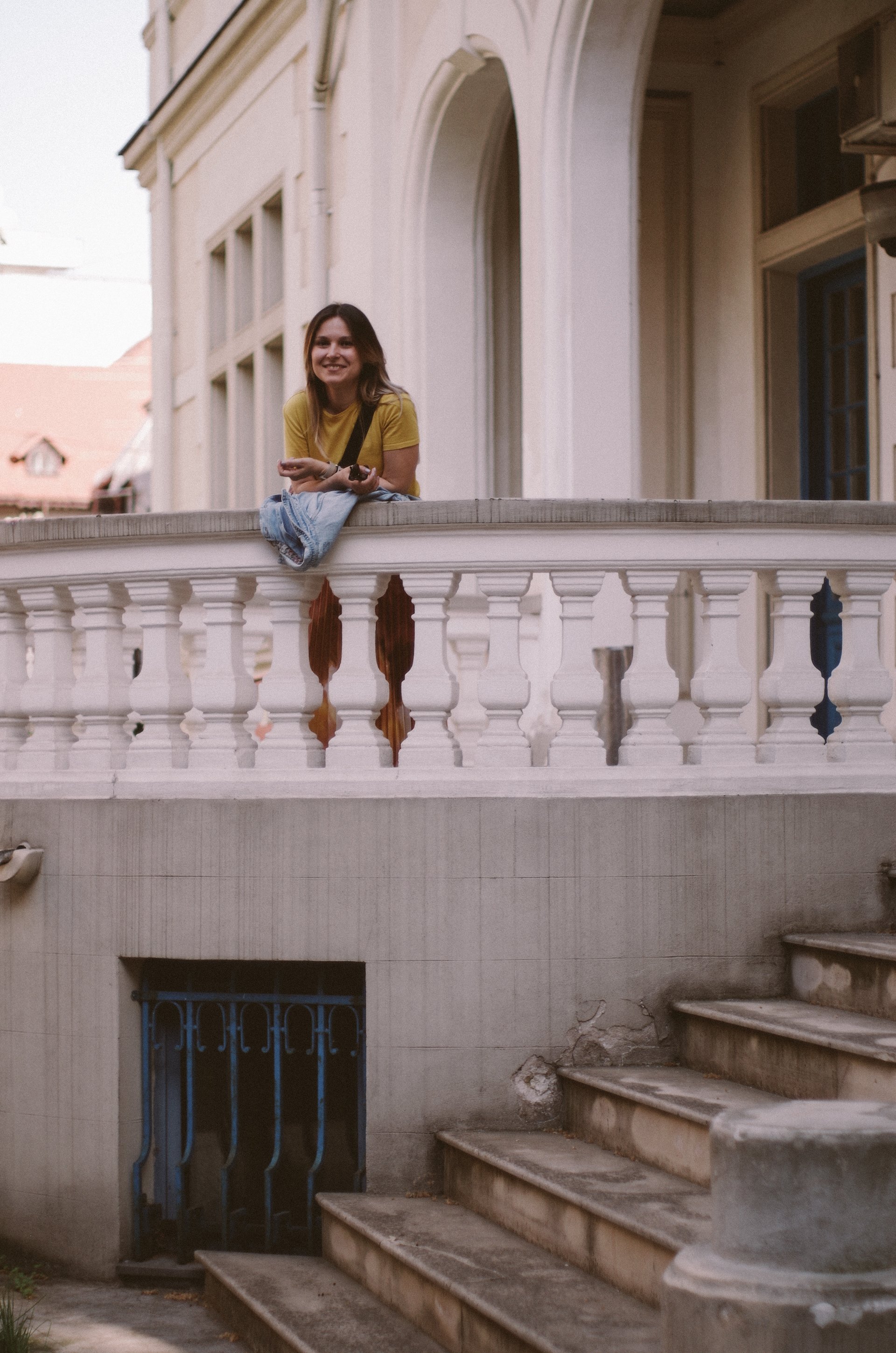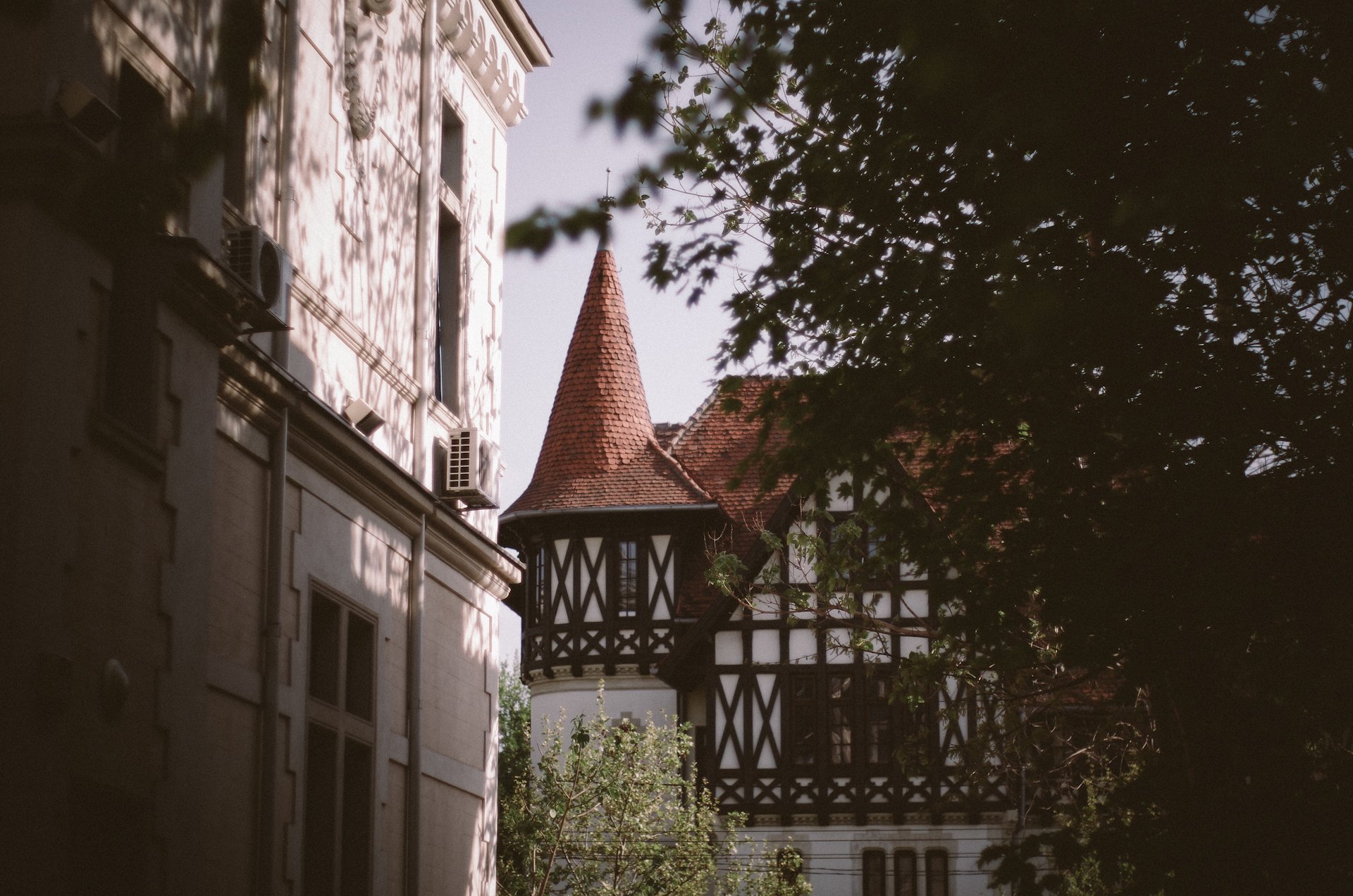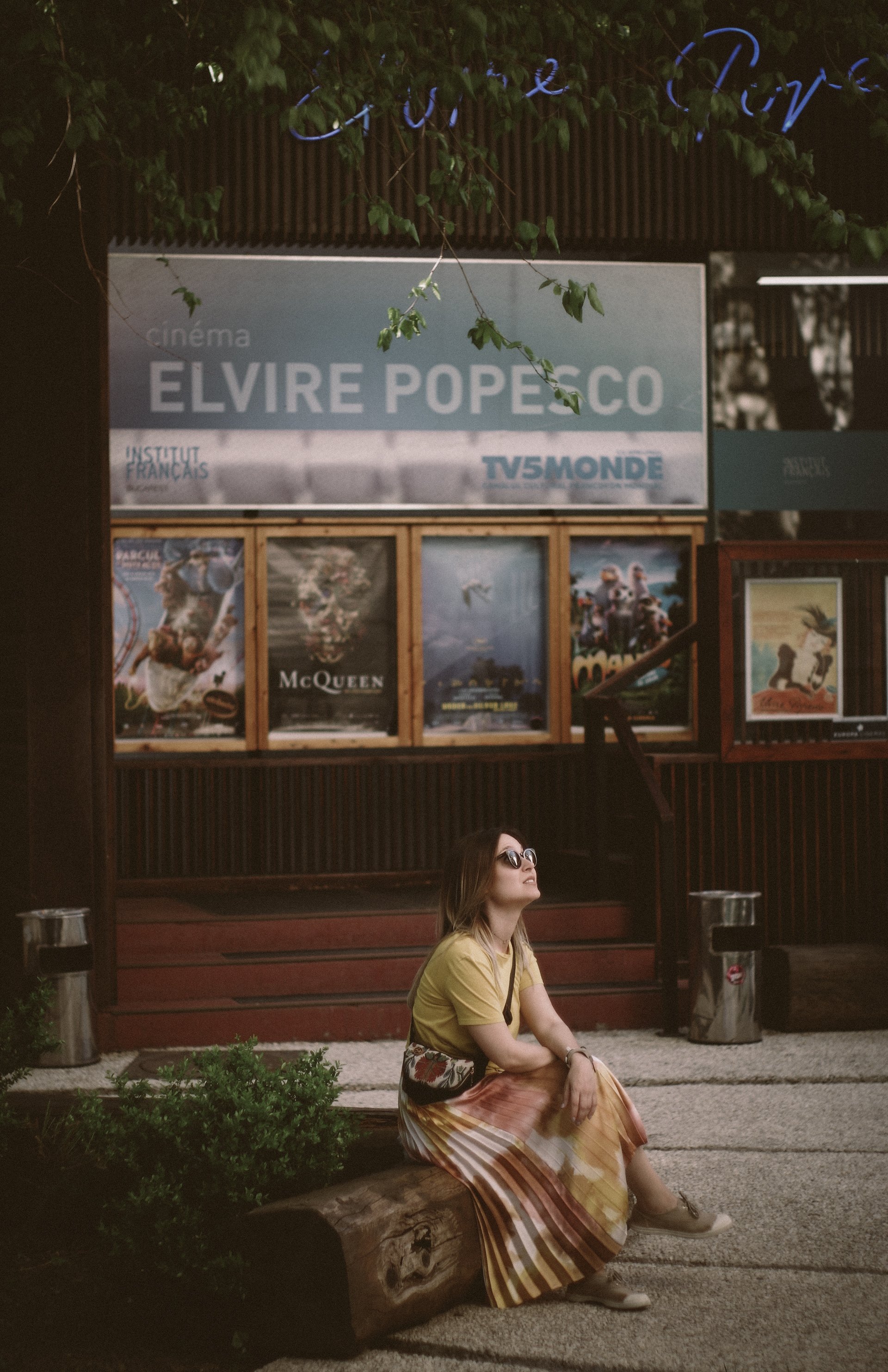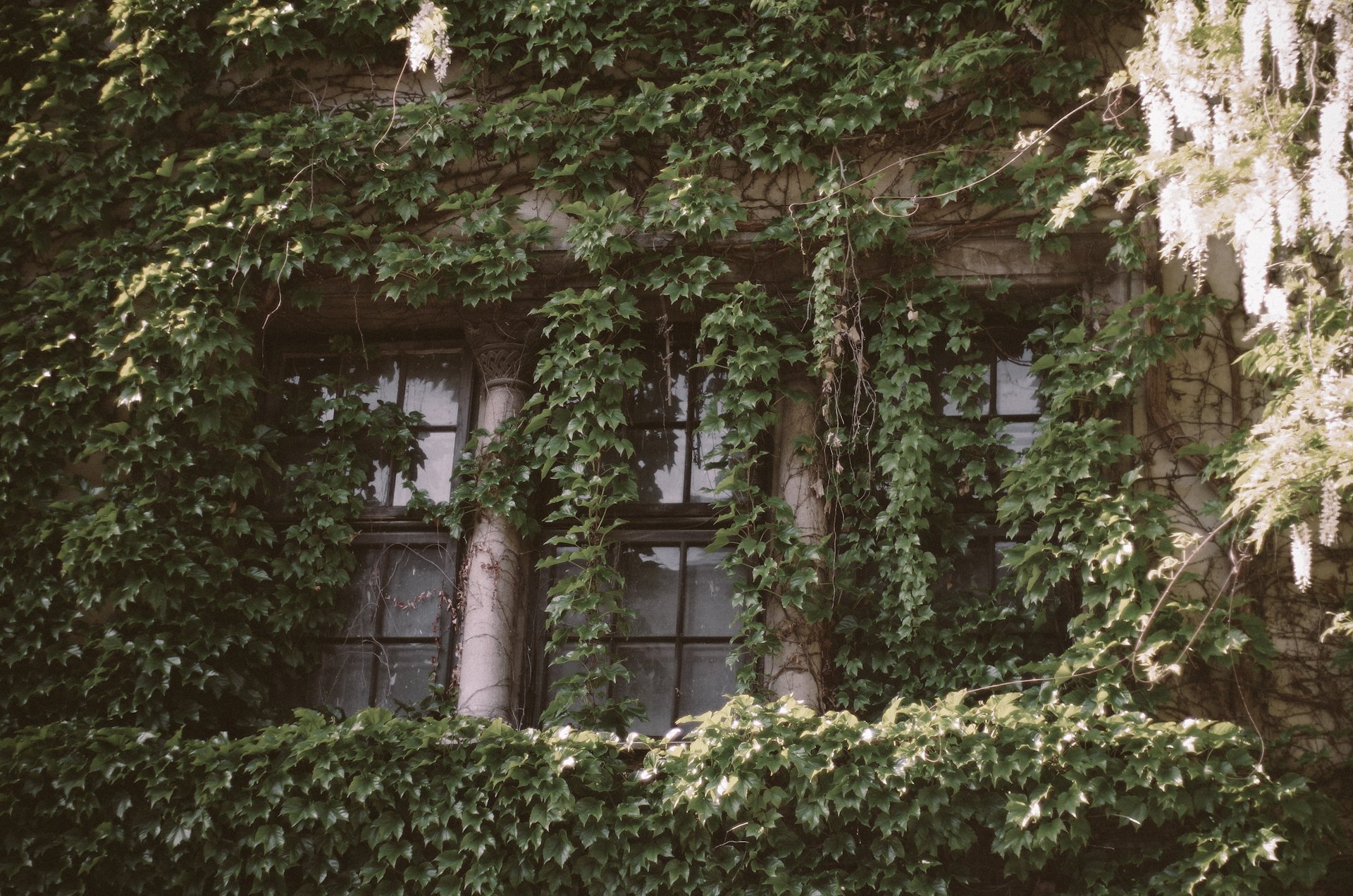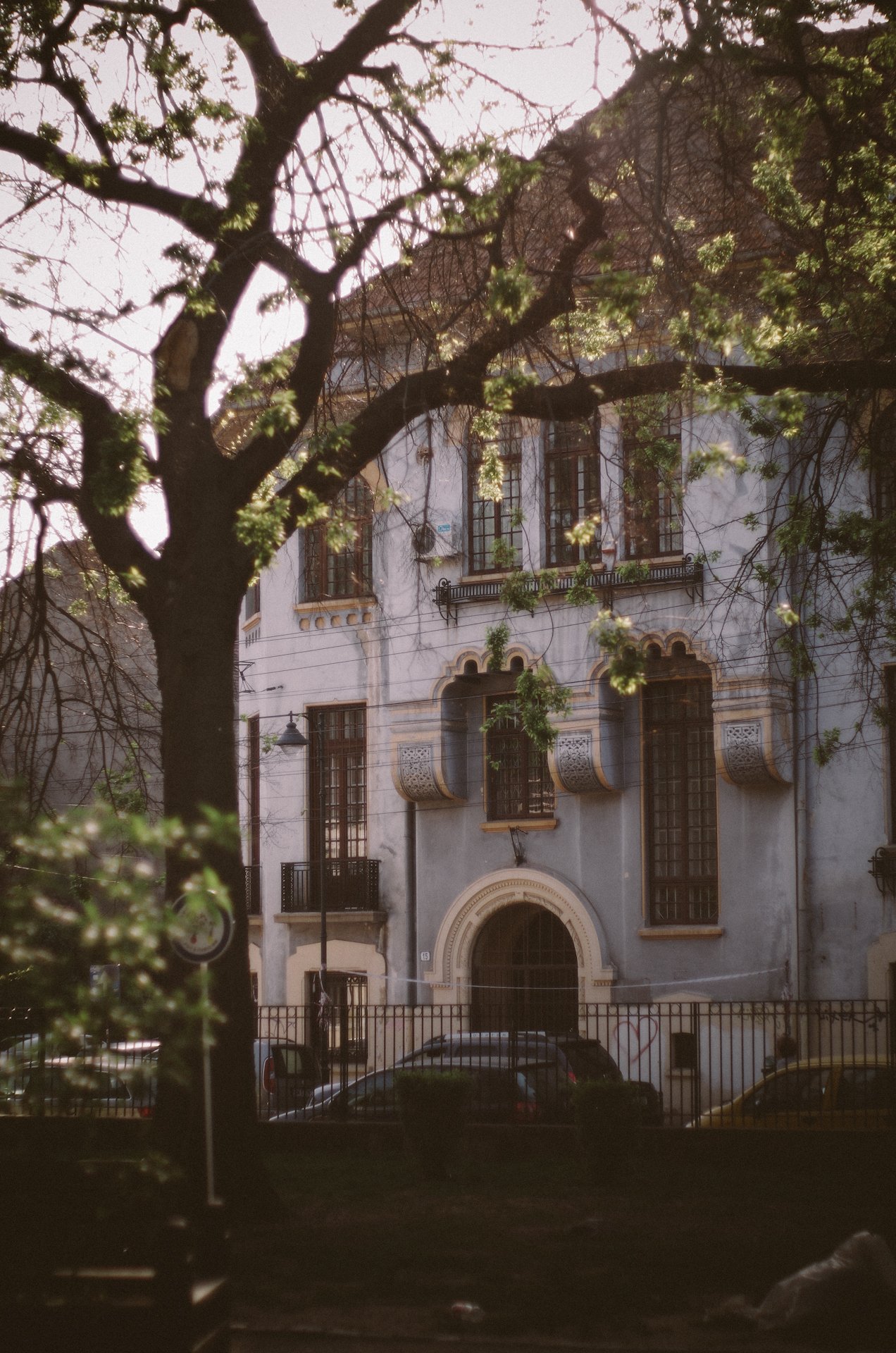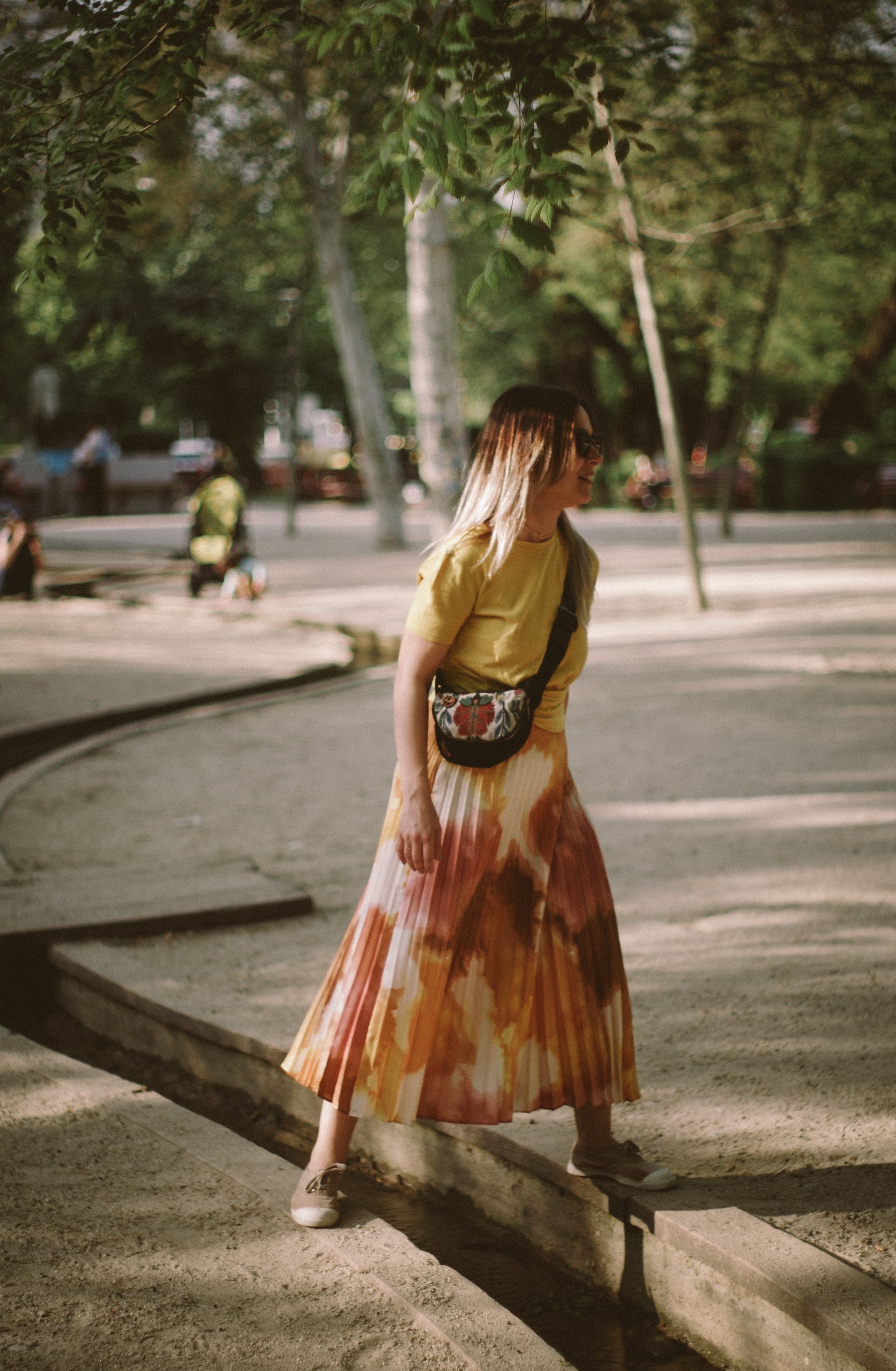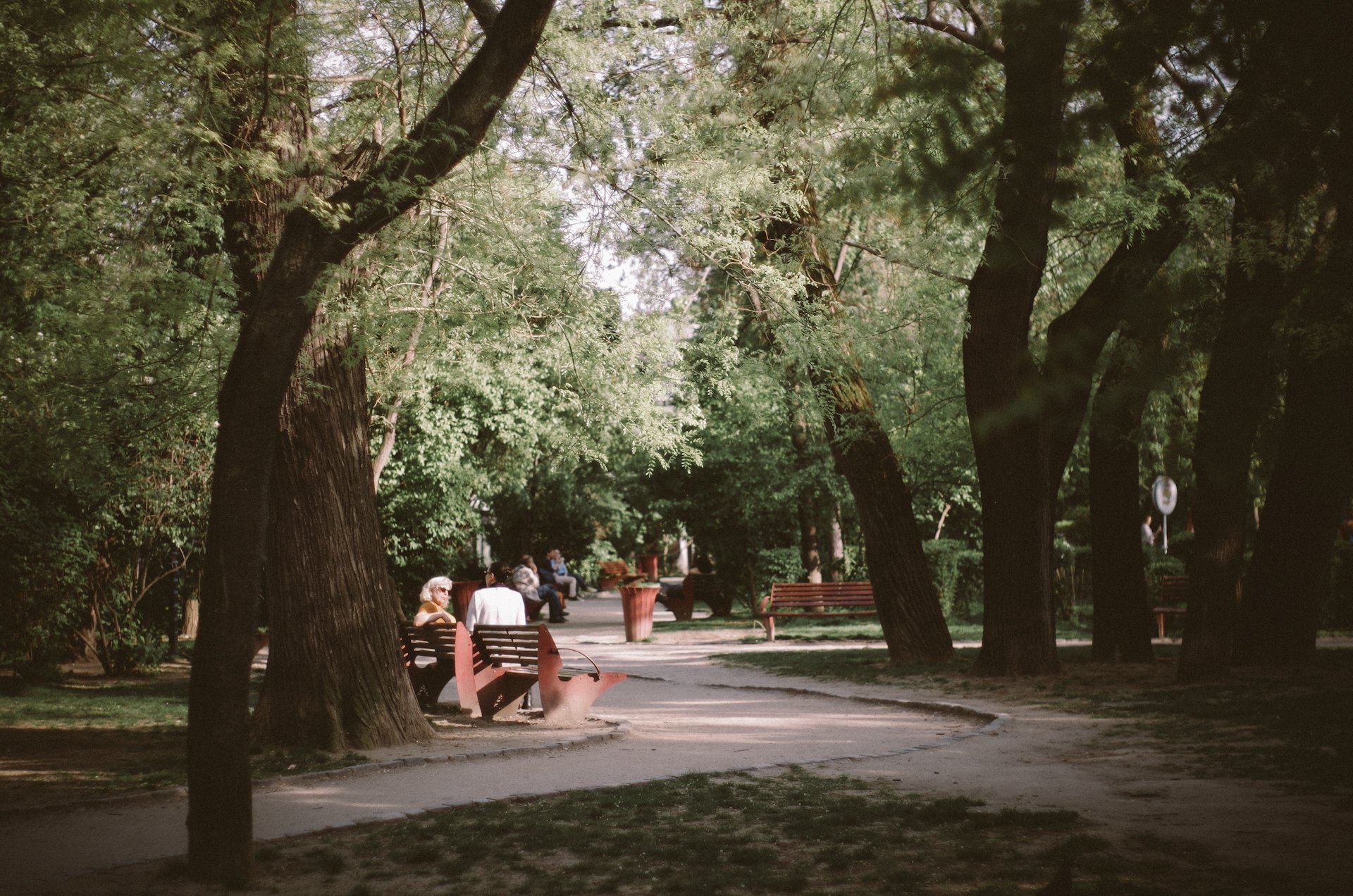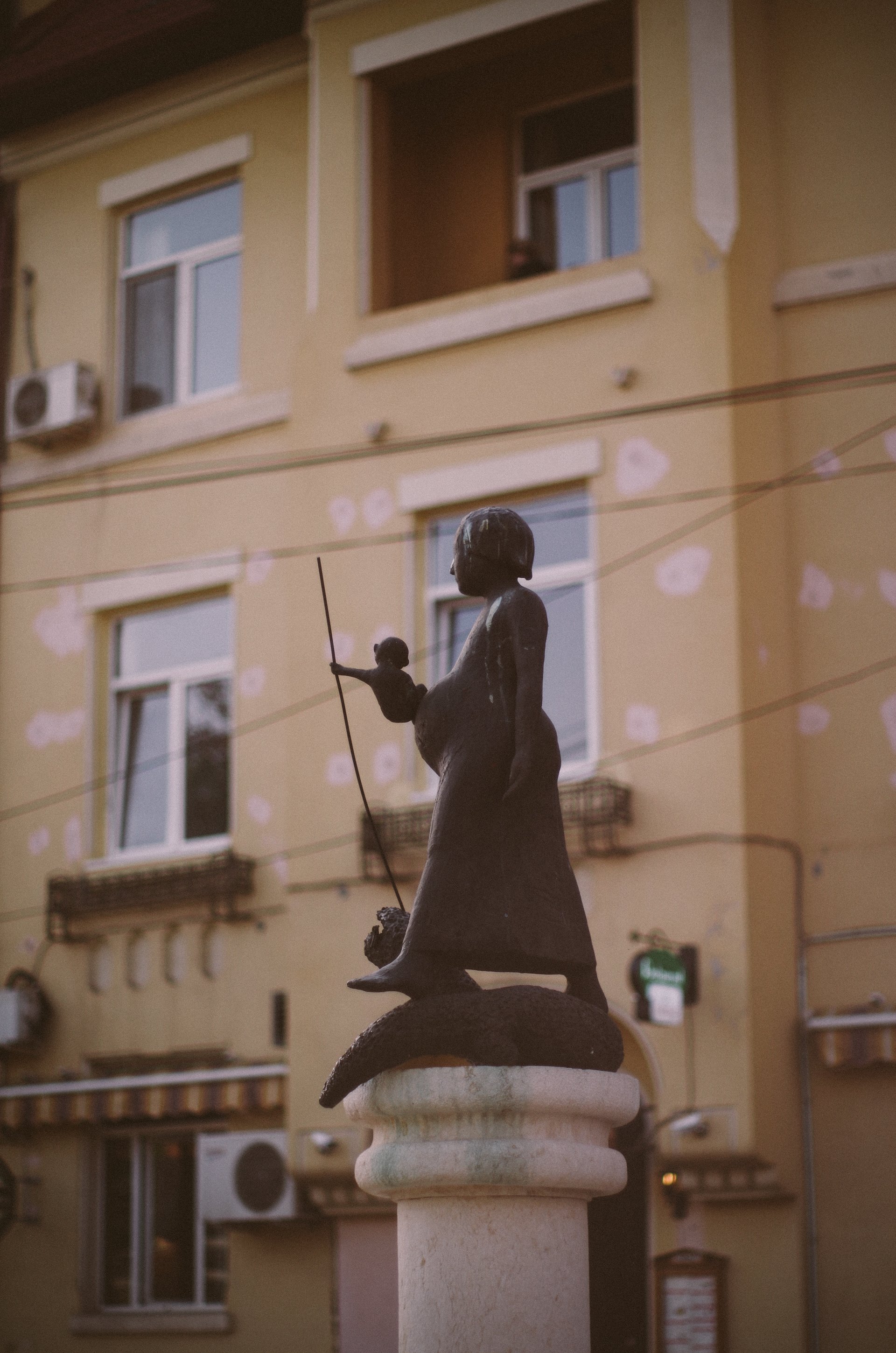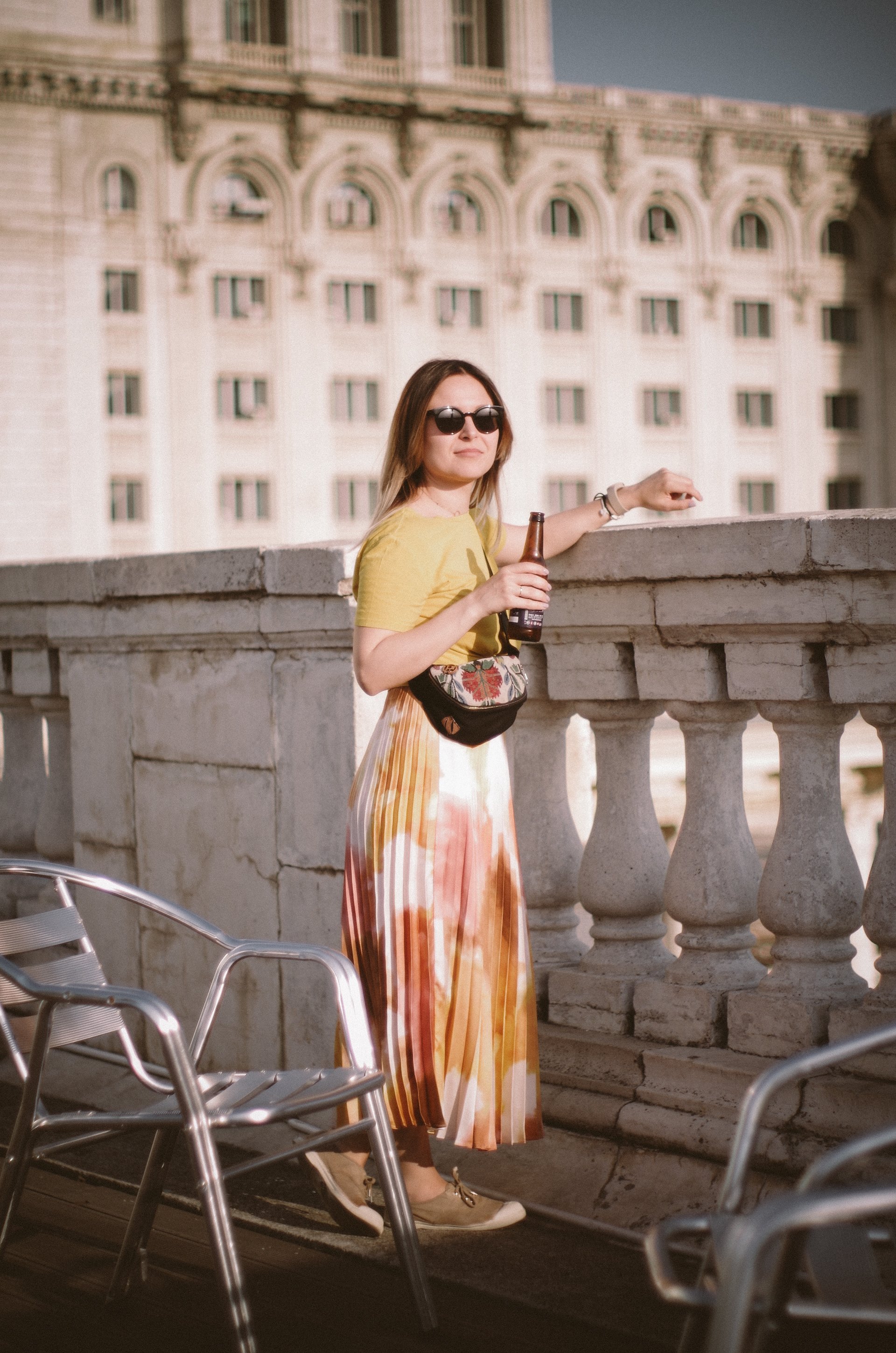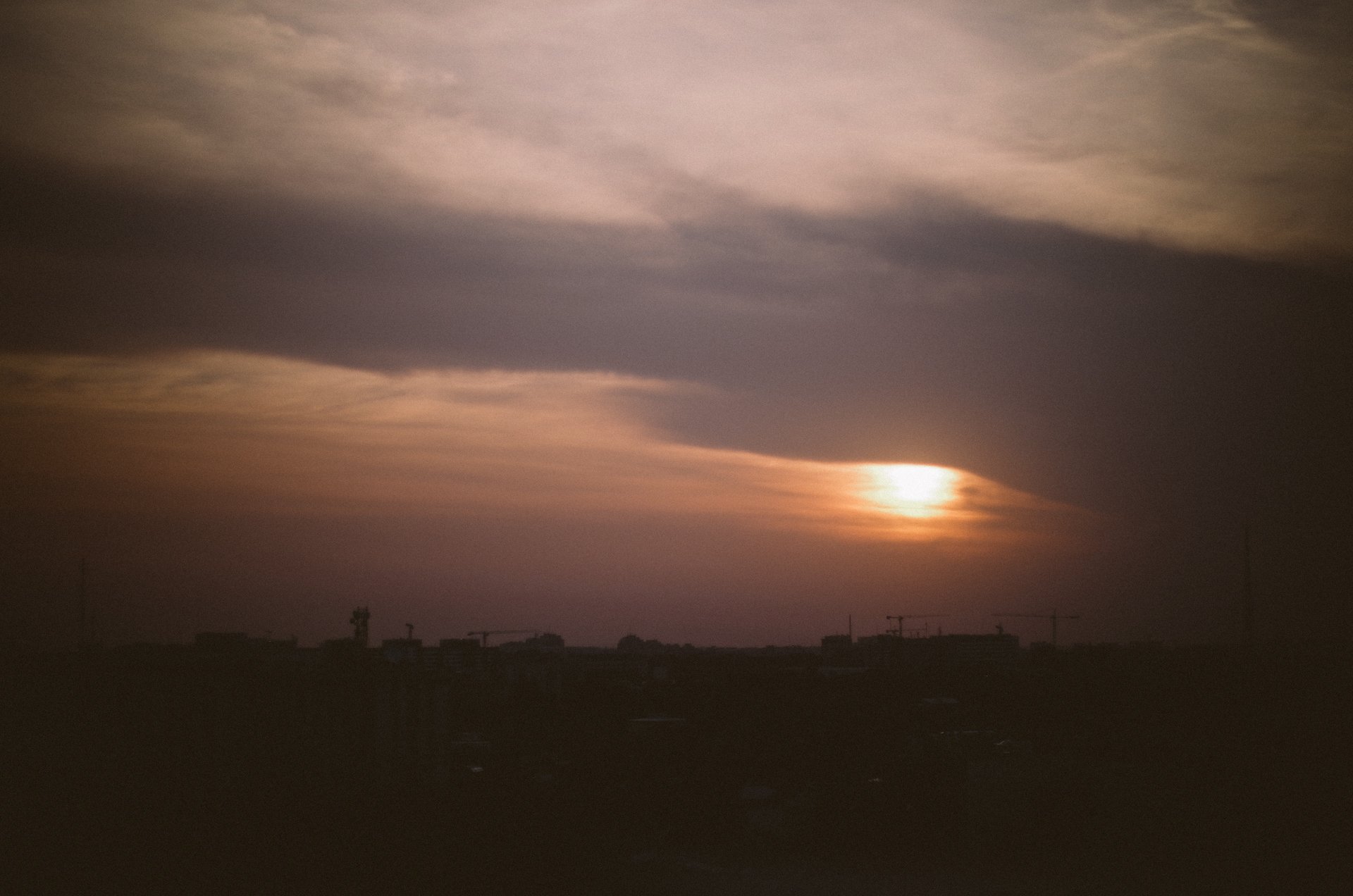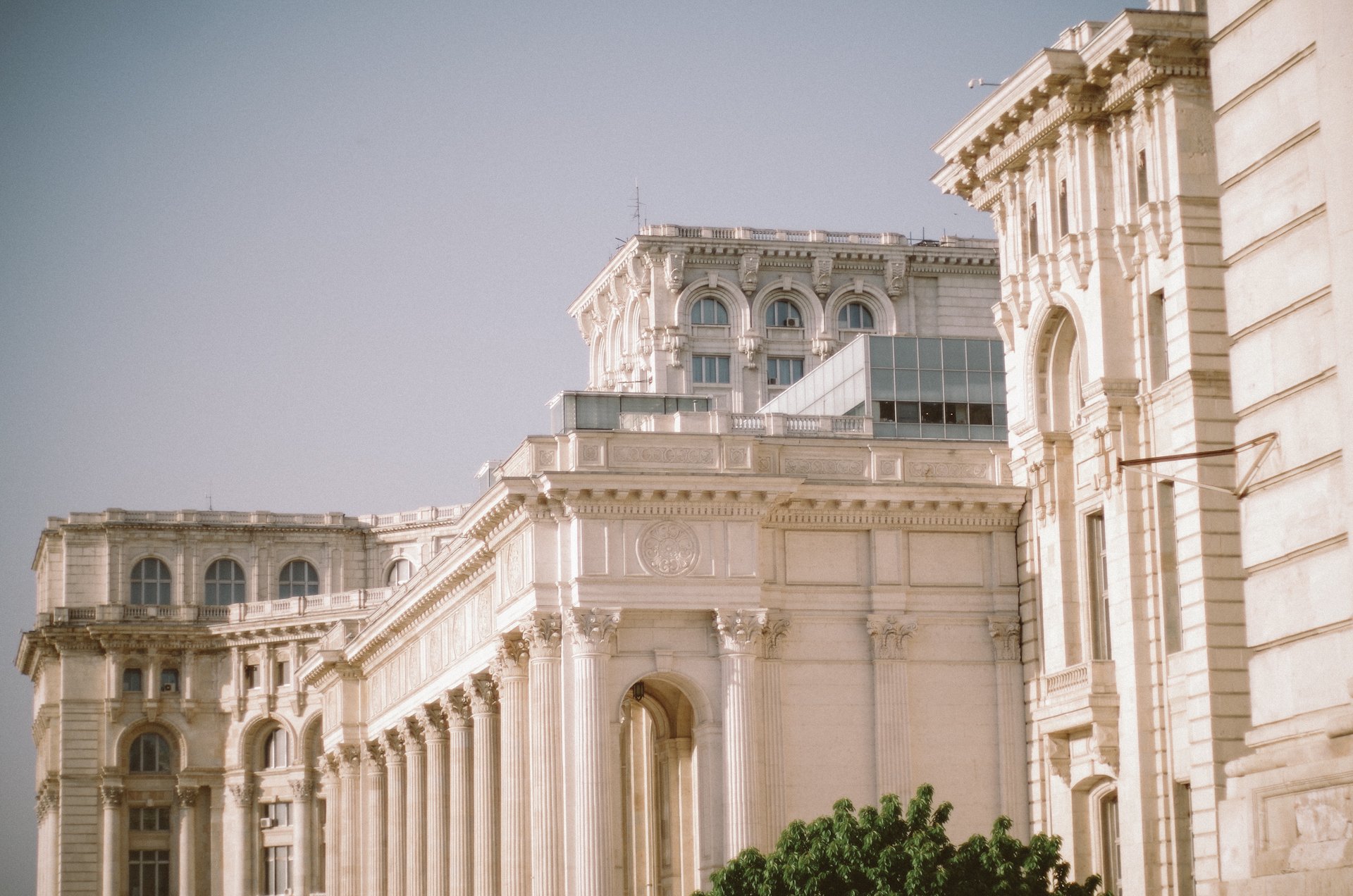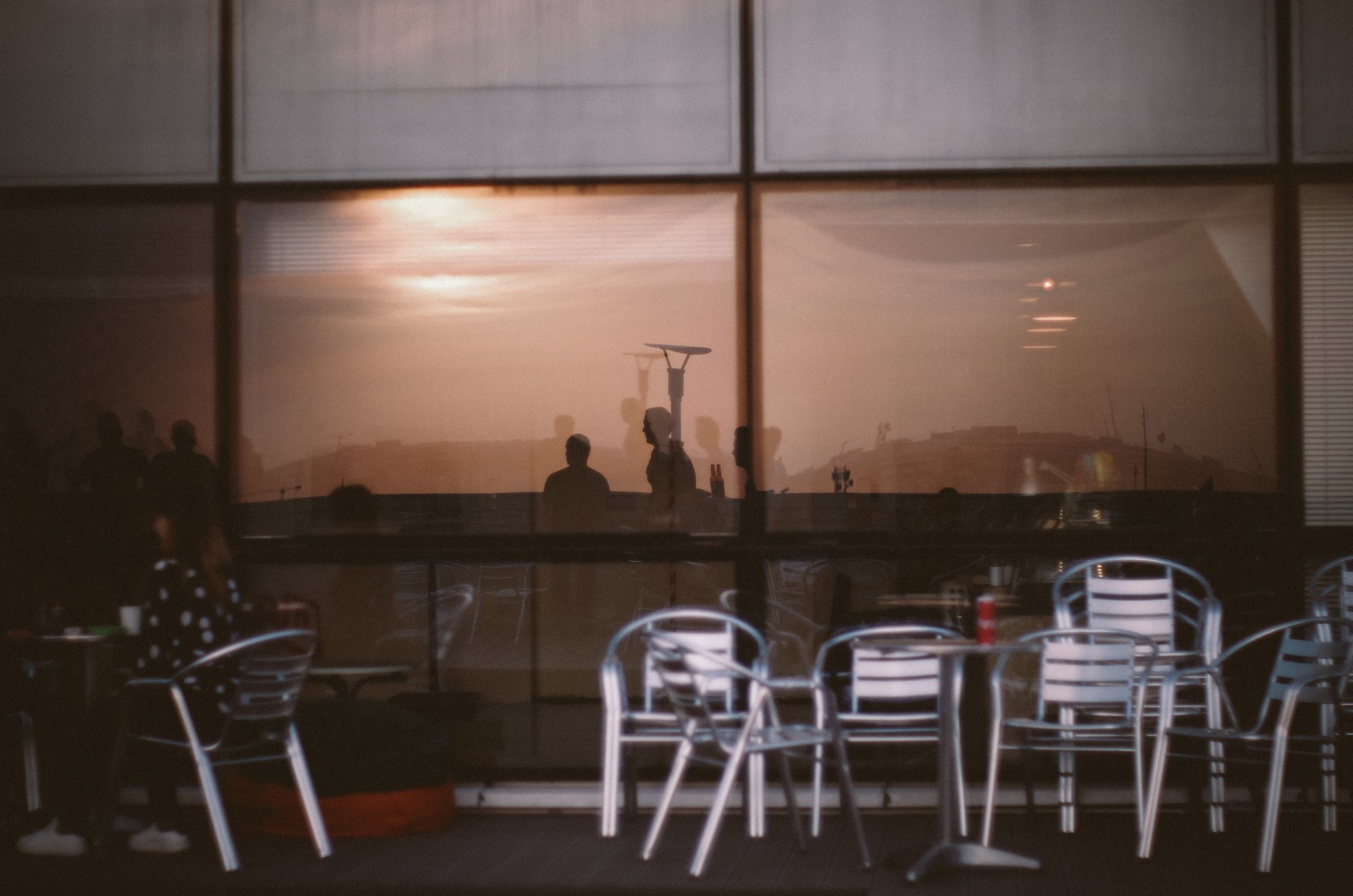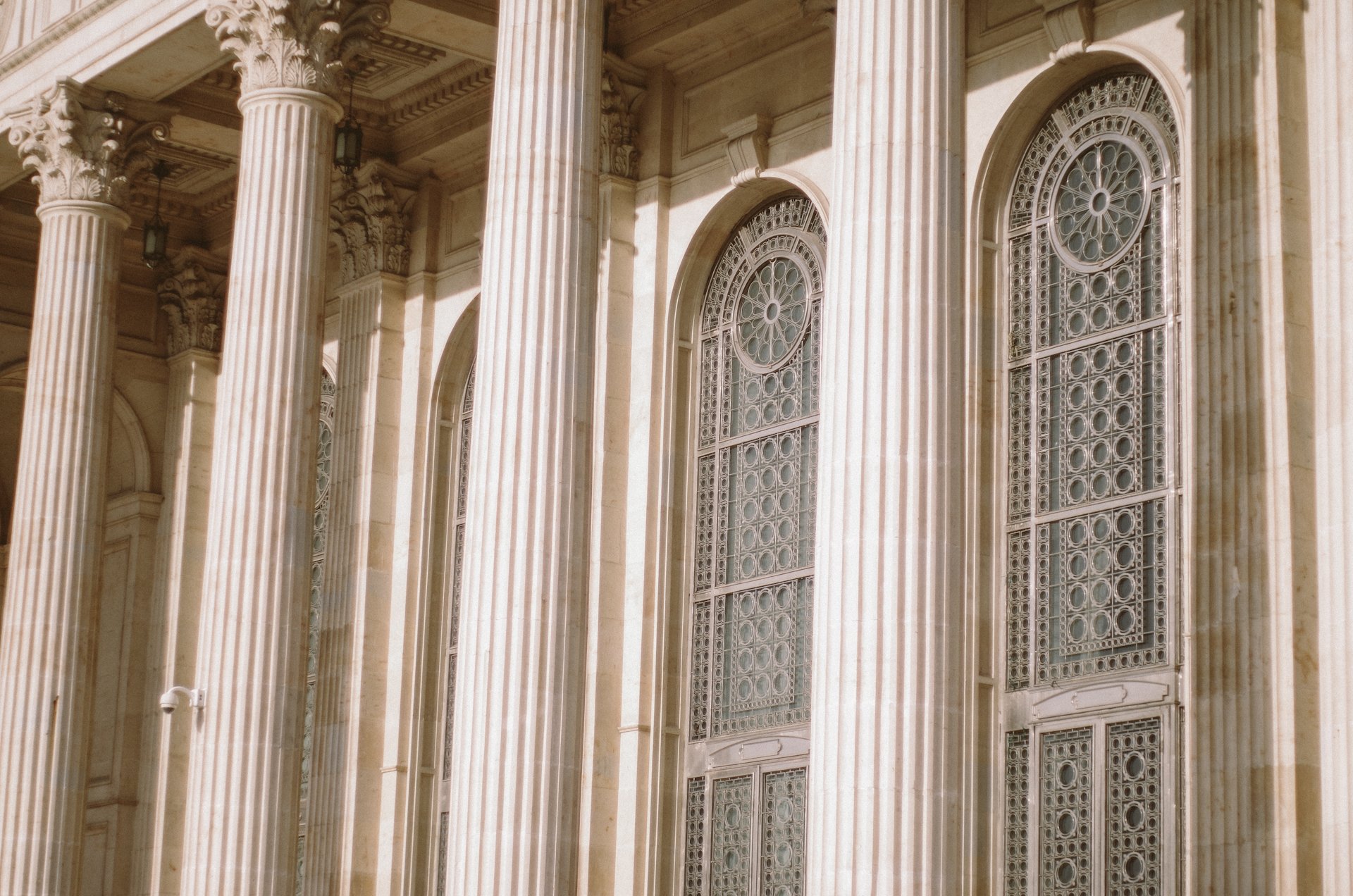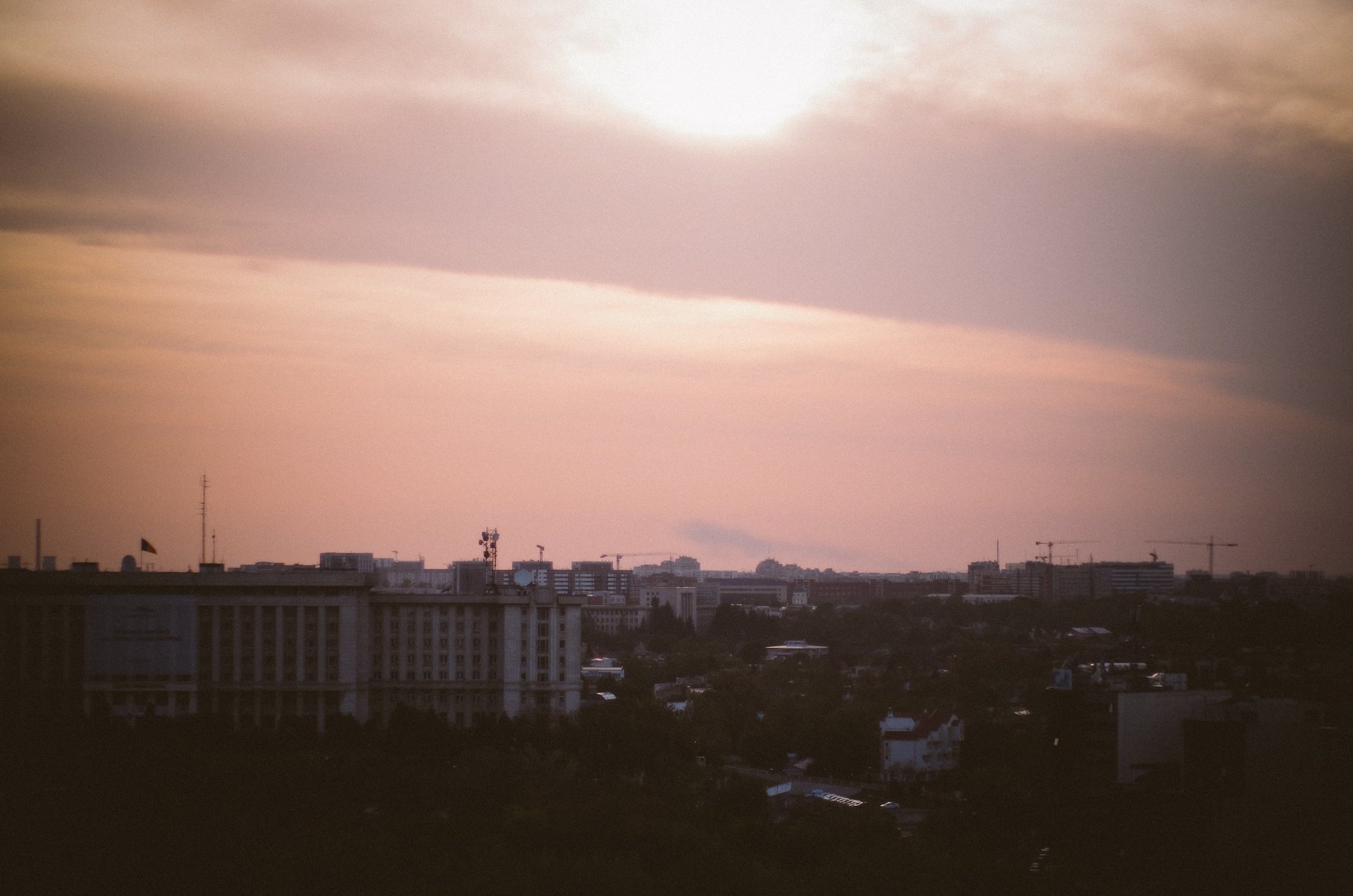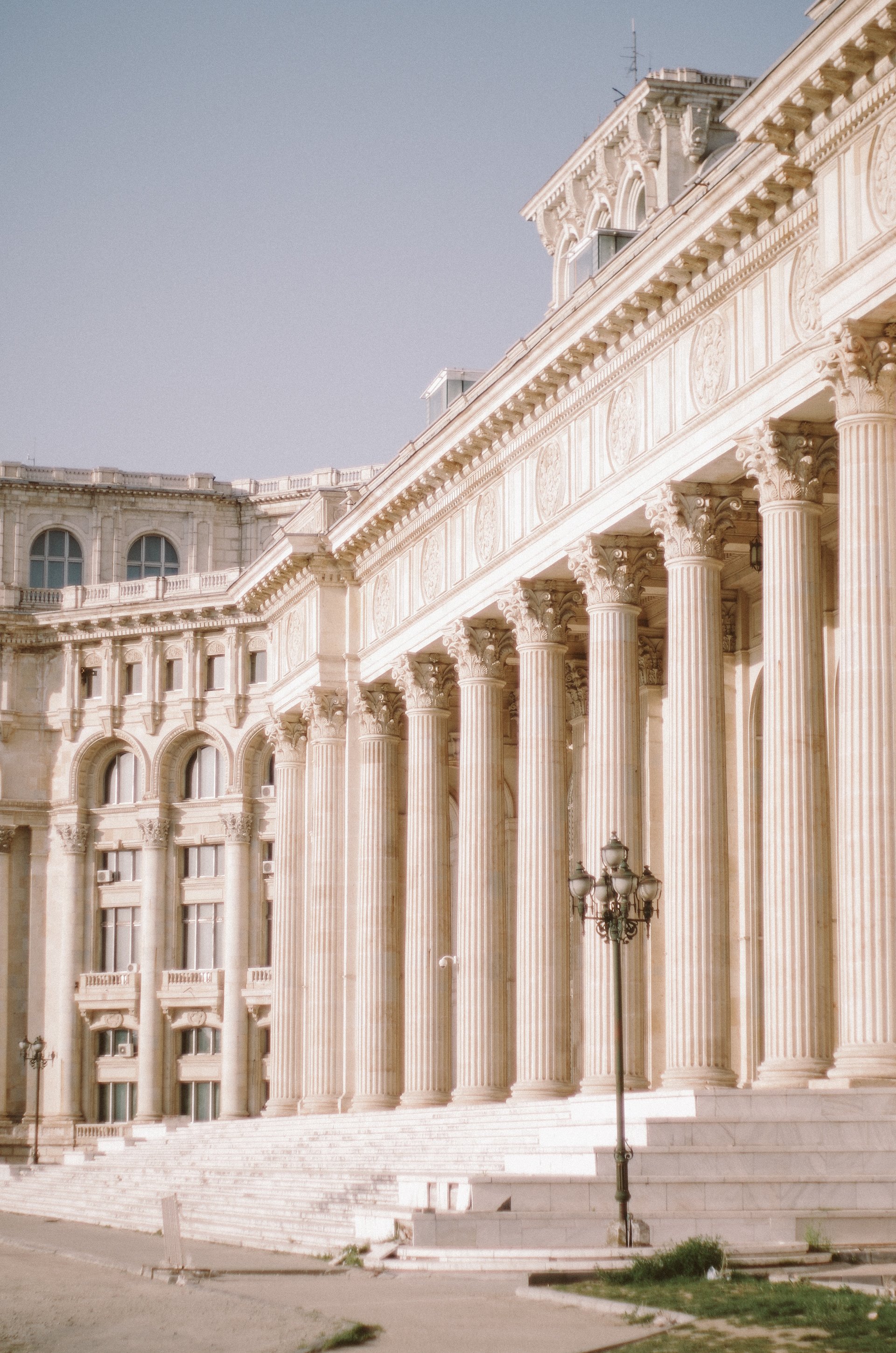Diana and I met in Amsterdam, back to 2011. She lived in a cute place on PC Hooftstraat, worked for a Dutch bank, rode a pink bike, and loved to introduce us, the girls, to new bars, cafes, or nice places to hang out. A few years later, she decided to move back to Bucharest. Although I still miss her in Amsterdam, I am happy I have the chance to meet her here, in Bucharest, whenever I pay a visit to my hometown – our hometown. Diana and I share the same love for Bucharest and its mind-blowing beauty, the same enthusiasm and curiosity to discover it layer upon layer – and there are so many of them! – and, like everyone else away from their roots long enough, we’ve learnt to practise a similar tolerance for those harder to digest Romanian ways.
On Friday before Easter, a hot, sunny day when many Romanians were busy with the last shopping before the break, I met Diana again, in Bucharest. “Are you ready for a looong day of walking?” she messaged while waiting for me to arrive at our meeting point, Calea Moșilor bus stop. “You bet I am!” I answered while still on the bus. We had planned to meet for “A Day in the Life of… Diana” and I was really looking forward to letting her take me to her places in Bucharest, those that meant something to her, or where she simply enjoyed spending time for one reason or another.
* * *
And guess where we started! At Obor Market. This market in Tei neighbourhood is the closest one can get to Sicily in Bucharest. How else to explain the explosion of sensations we were thrown into the moment we stepped out of tram 21? The crowds, the food stalls, the smells, the intoxicating smoke from the grill where meat was being prepared, all the necessary and particularly the unnecessary items for sale. I have memories of coming here with my parents when I was just a child. We lived in nearby Pantelimon neighbourhood. Diana’s connection to this market is even stronger, as she used to live in Tei all throughout her childhood and it is in fact from here that she moved to Amsterdam. Walking through Obor Market has the same effect on us as leaving some kids in a candy shop. You just want to get everything. Check the strawberries, eat a pretzel covered in sunflower seeds, get some cheese and spring onion, smell the lilac and get a bunch of that, too. Vendors ask for their photo to be taken. “Check that lady over there,” Diana says. “The one selling potatoes. Look at her. Long eyelashes, big earrings, red lipstick. And what a hairdo. I think she’s amazing.” I take a photo of the lady selling potatoes and I now think it encapsulates the very essence of Obor market.
By the time we leave Obor Market, it is 1 pm and we are starving. We go behind the main roads flanked with blocks of flats in search of the restaurant that Diana chose for lunch. It is suddenly quiet, green, and there are now houses instead of blocks of flats. A layer has just been peeled off. “This is what Ceaușescu wanted when he erected all those Soviet-style apartment buildings,” Diana says. “To cover a significant and beautiful time in this city’s history. The time when people lived in houses. Those who don’t adventure behind main avenues, behind what seems like never-ending blocks of flats, might never get the chance to see these quaint streets and their different, non-communist architecture.” I think Diana is right. I myself was born and raised in Bucharest and lived there – in various blocks of flats – for so long, and yet it is only in recent years that I am discovering the Bucharest of the quaint, leafy street, and of the villa that everyone would like to imagine living in. “I think it has to do with the stray dogs, too,” I say. “A few years ago, I would be scared to adventure on these side streets because of dogs. Now that they are gone, these streets are exactly where I want to be.”
On one such street, we find Gedo, the Sudanese restaurant Diana wanted us to have lunch at. “I hope you don’t mind I invited some more people,” she says as we get in. “Of course not,” I say. After all, it is a day in her life and who wouldn’t want to hang out with such a sunny person like Diana? We sit outside, on the terrace, and soon Diana’s friends start to show up, one after the other: her boyfriend, Dan, her boyfriend’s friend – both on bikes – and a Brazilian couple with a pram and their child in it. The table gets full of food and sour milk, perhaps like in Sudan. We talk about languages and various expressions from Romanian and Portuguese for most of the meal. When we say goodbye and leave and it’s just me and Diana again I tell her how amazing it is to me that some Brazilian people decided to make Bucharest their home and seem so happy about it.
We are back on the main road, but not for long, because the next place Diana is taking me to is a park. The Circus Park. Luckily, the Circus is no longer running – we are in the 21st century after all and should know better than that – but I am pretty sure I was there at least once, when I was a child, perhaps with my parents, perhaps with the school. The building itself looks so familiar in its UFO-like shape, the shape not only circuses but also markets used to have in Ceaușescu’s time. I am intrigued by Diana’s choice of the park, so I ask her to tell me more. She elucidates the mystery: “This is where Dan and I like to come sometimes when the weather is good. We park our bikes and sit on the grass with a small lunch and a drink. There are turtles by the pond. We prefer this to other parks in the city because here it is never crowded. It is just a simple park, where only people from the neighbourhood come. We like that.”
We open the cold beer we previously bought from a shop and we lose track of time. We sit down, in the Circus Park, and talk about trips to Tokyo and New York. Diana seems so happy about being back to Bucharest. It is as if she has never left it to live somewhere else. And I am happy for her. I might just do the same one day. I’ll have a beer in the Circus Park when that happens.
We might have stayed there for a couple of hours. This is what a good park does. Or maybe it was the beer. When we resume our walk, it is already 5 pm, and it all seems heavier now. For this, we definitely blame the beer.
We leave Tei neighbourhood, walking South, toward the centre. There are still some places Diana would like to share with me for the day. We soon found ourselves in an abundance of that Bucharest layer we both like so much – the quaint streets with beautiful, old houses. We are just passing by, but we stop to take some photos because everything looks so nice. Besides, it is the golden hour by now, the shadows grow longer and the light gets that special tint I have been waiting for the entire day. We take one turn and we are suddenly drawn by a wonderful fragrance. Luxuriant wisteria bunches are hanging over our heads and we cannot get enough of it. After a long pause to smell the flowers, we continue along Alexandru Philippide Street, and Diana points toward a house. The name Păun (“Peacock”) is written on a mailbox in front of it. The house is old and gorgeous, with floral and animal details carved on its facade. No one seems to live there anymore and, even more intriguing, there is a car cemetery in its courtyard. “I think the owner must live somewhere abroad now,” Diana says. “He might not have any family left. Maybe he died there and never had the chance to come back. So his house and cars are now left to the mercy of time.” We might never find out the real story. We’ll call this the mystery on Alexandru Philippide Street.
Before we know it, we reach Dacia Boulevard, the boulevard of beautiful, between-the-war houses, such as the one where the French Institute is located. Diana takes me there, in the courtyard, to show me Elvire Popesco cinema, where she comes to see movies with her boyfriend. The whole premises of the institute look like a classy French piece in the heart of Bucharest.
Close to the French Institute and surrounded by equally gorgeous buildings are two small parks, Ioanid Romulus and Grădina Icoanei. On one such evening, before the movie started at Elvire Popesco cinema, Diana and her boyfriend sat on a bench in Ioanid park. Diana was slightly annoyed because she had forgotten her ring at home. “Really?” said the boyfriend. “Yes, really,” she replied. “I always wear it, yet somehow today I forgot to put it on.” “Well,” said the boyfriend, “then you might want to try this one.” A few tears of joy later and a short phone call to announce the parents, Diana and her soon-to-be-husband went to see the movie. With a new ring on.
Exhausted after a day of walking in the sun, we jump into an Uber to the last destination on Diana’s list. I am beyond happy she chose the National Museum of Contemporary Art for one last drink up on the terrace. In recent years, more rooftop terraces opened in Bucharest, with panoramic views over the city. Ten years ago, however, MNAC terrace was the only such place. Both of us have nice memories up here, of drinks in the sun or parties held on past Museum Nights. The place remains special. There is something about it being harder to reach, up on a hill, in the centre of the city yet in the middle of nowhere, with weeds and broken asphalt leading to the grandiose entrance, and, besides, developed in a wing of the Romanian Parliament building (formerly known as People’s House, built at Ceaușescu’s order to serve as his palace.)
Diana and I have a beer, our feet up on a chair, too tired to speak, but happy to share that moment. In front of us, a group of French tourists lounging on Fatboys are taking photos of each other. A few more people at the tables around. Nothing like the crowded rooftop terraces in the old centre. Then, one by one, Diana’s friends start to show up, just like earlier in the day: Dan and his friend, whom we’ve met for lunch, Diana’s cousin, a friend living in Germany who is now visiting Bucharest with her German boyfriend. “You’re so popular,” I say to her jokingly. “Oh, no. It’s not always like this, I swear. Most of the times it’s just me and Dan.”
After a glorious day, we are only hoping for a glorious sunset. It’s not the case. “It’s the Sahara dust,” someone says. “It has been blown away by the wind and, from the desert, it reached all the way to Europe. It was in the news.”
“Such a beautiful day,” Diana says in a message later that night.
“Yes, it was super nice,” I say. “I feel like a child after a day of playing outside.”
“Exactly like that. And, like a child, I am super tired now.”
“Good night!”
“Good night!”
